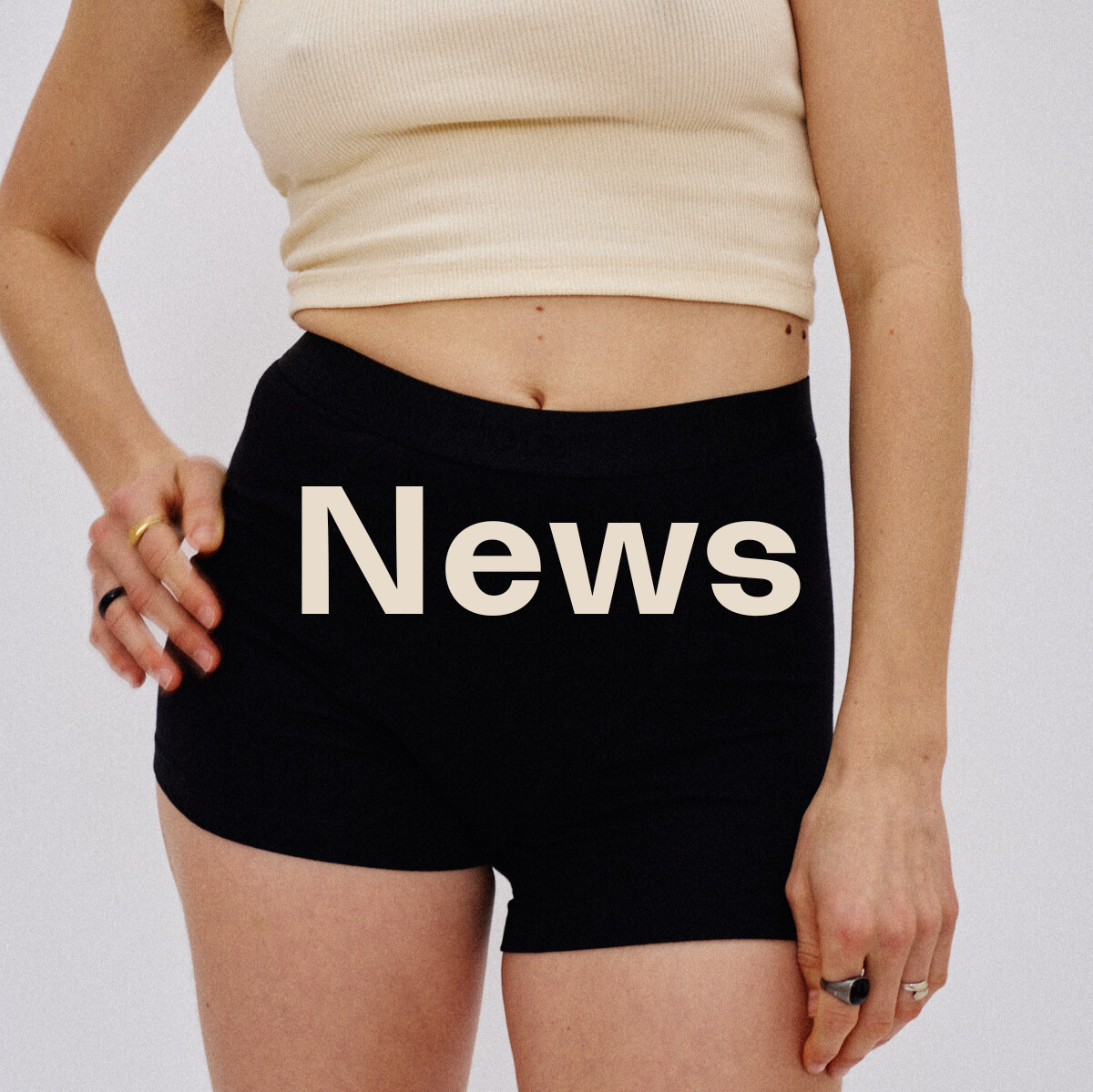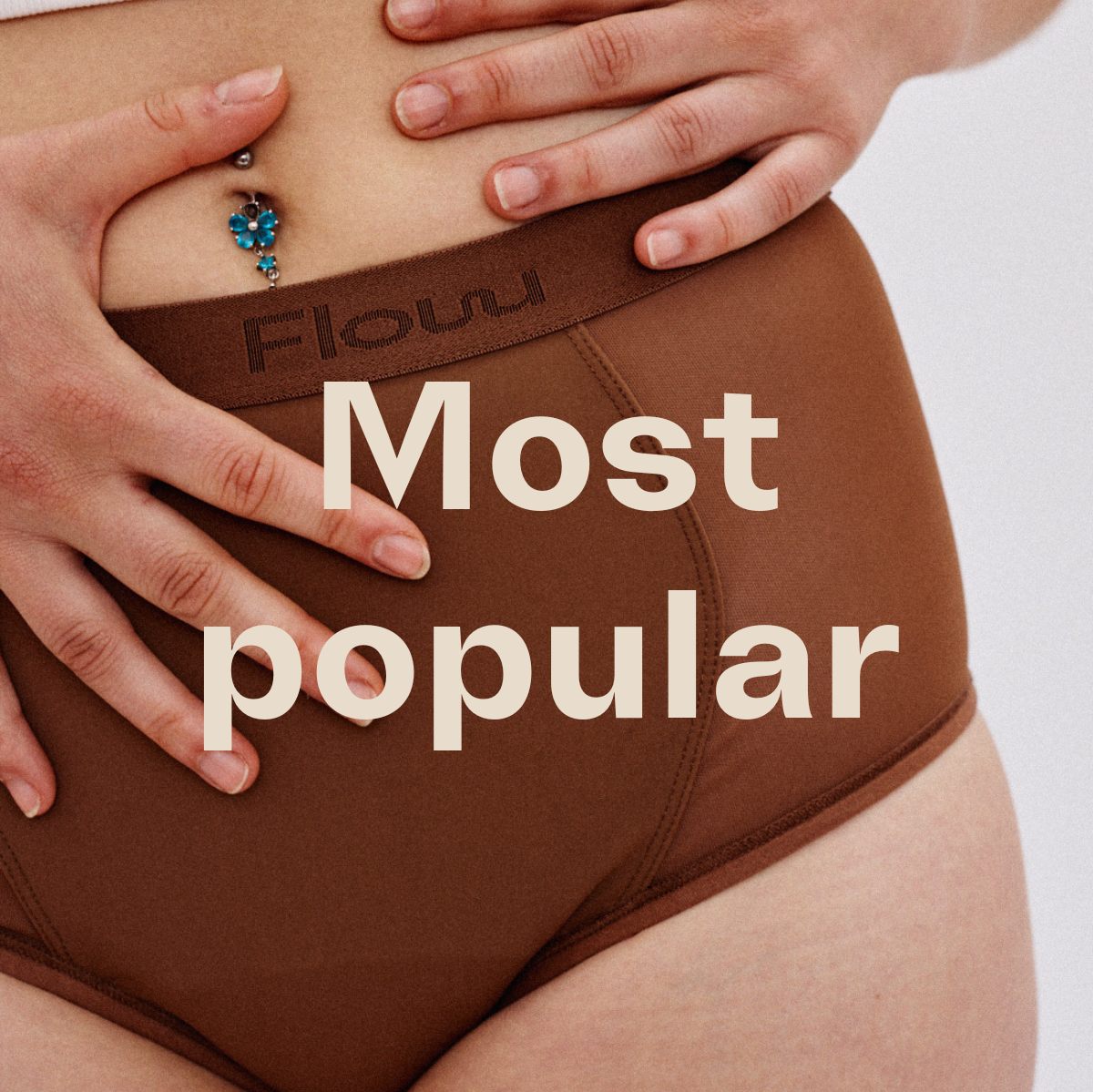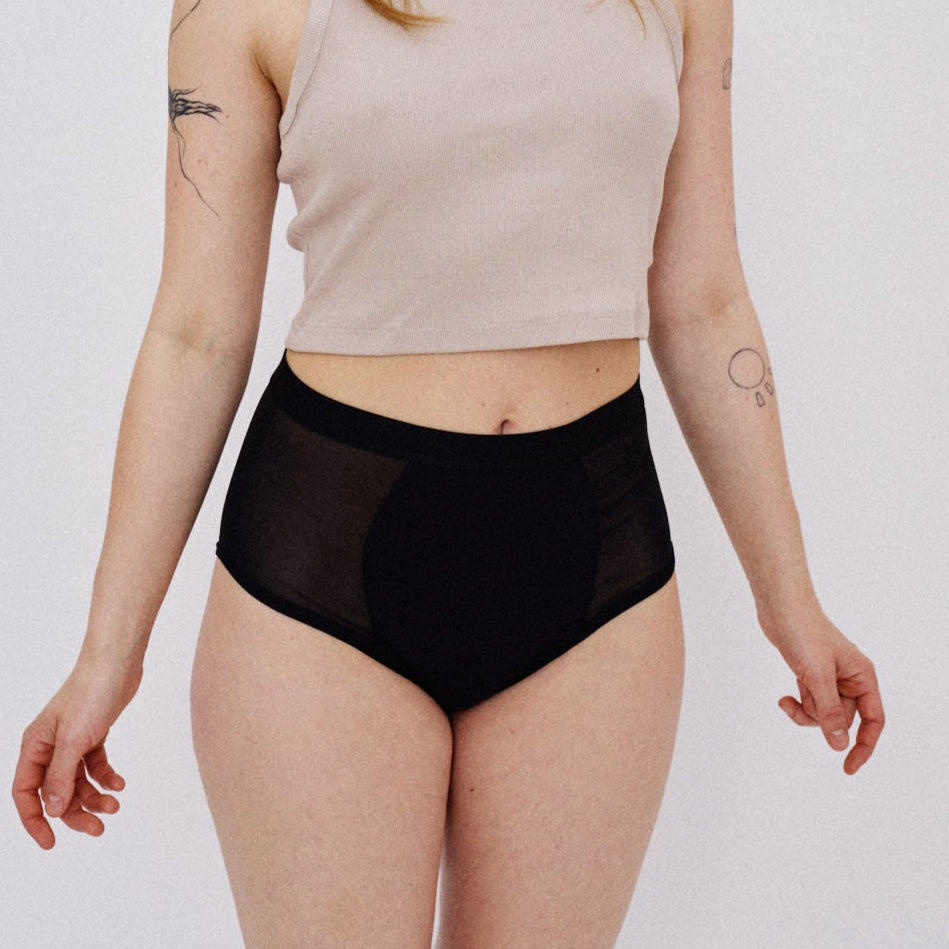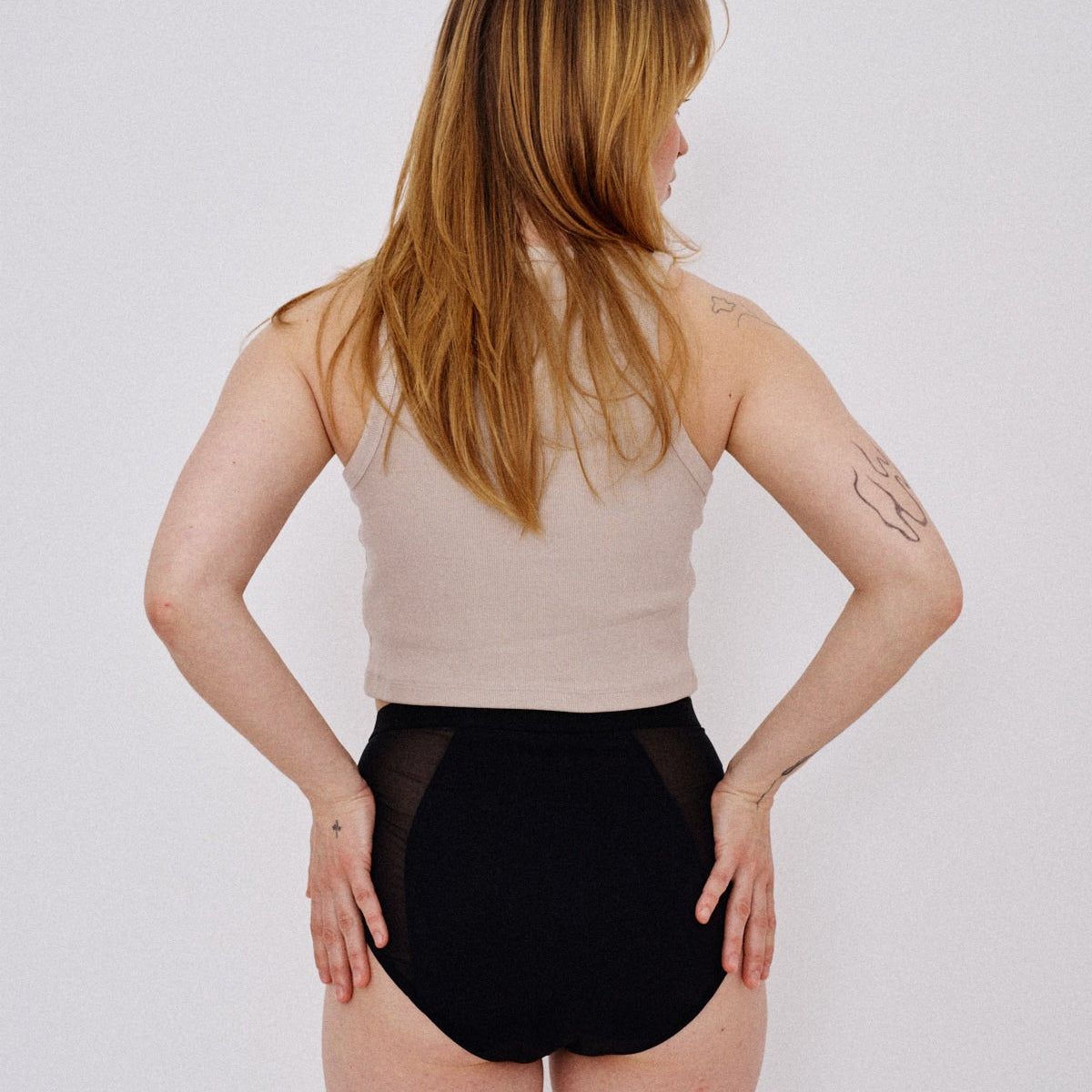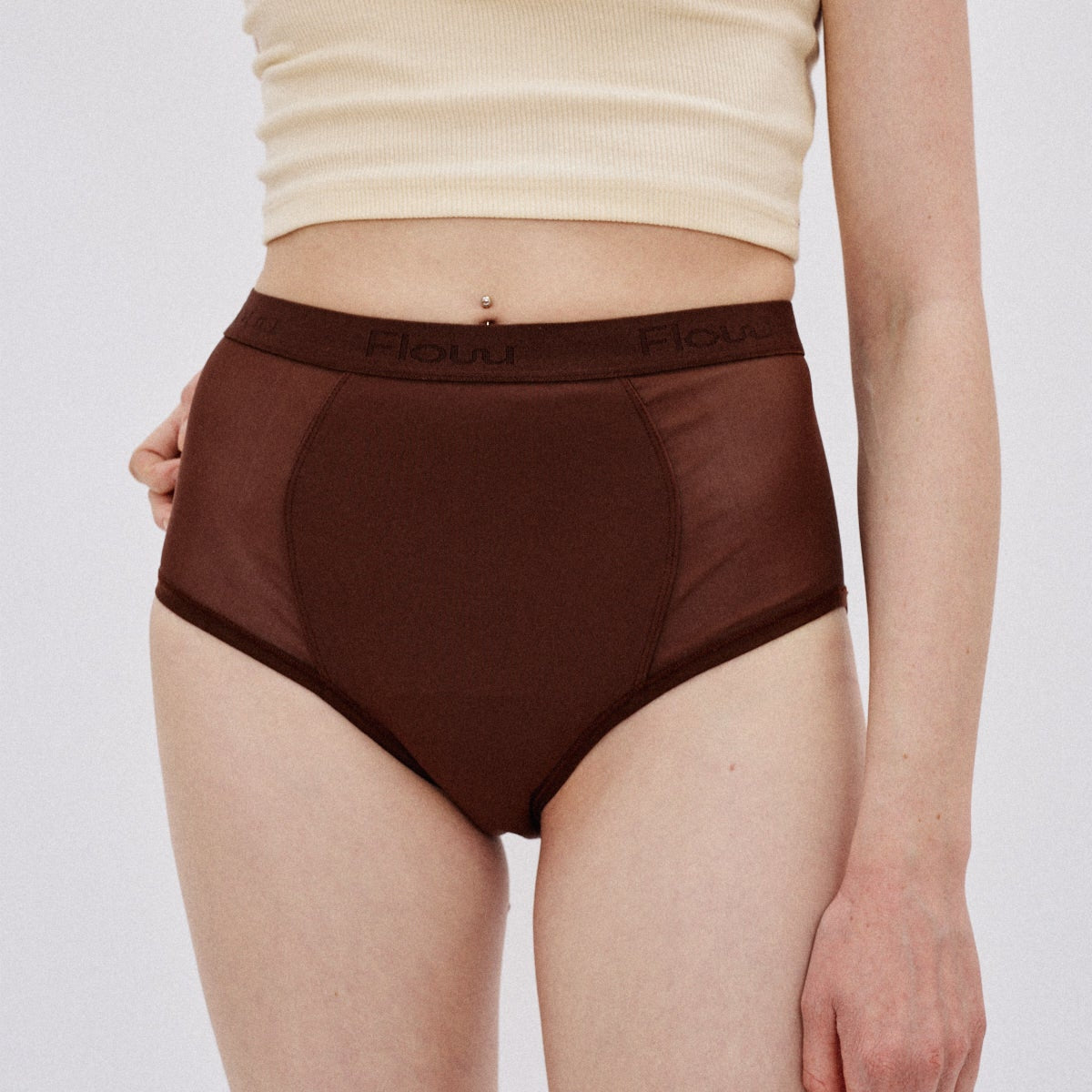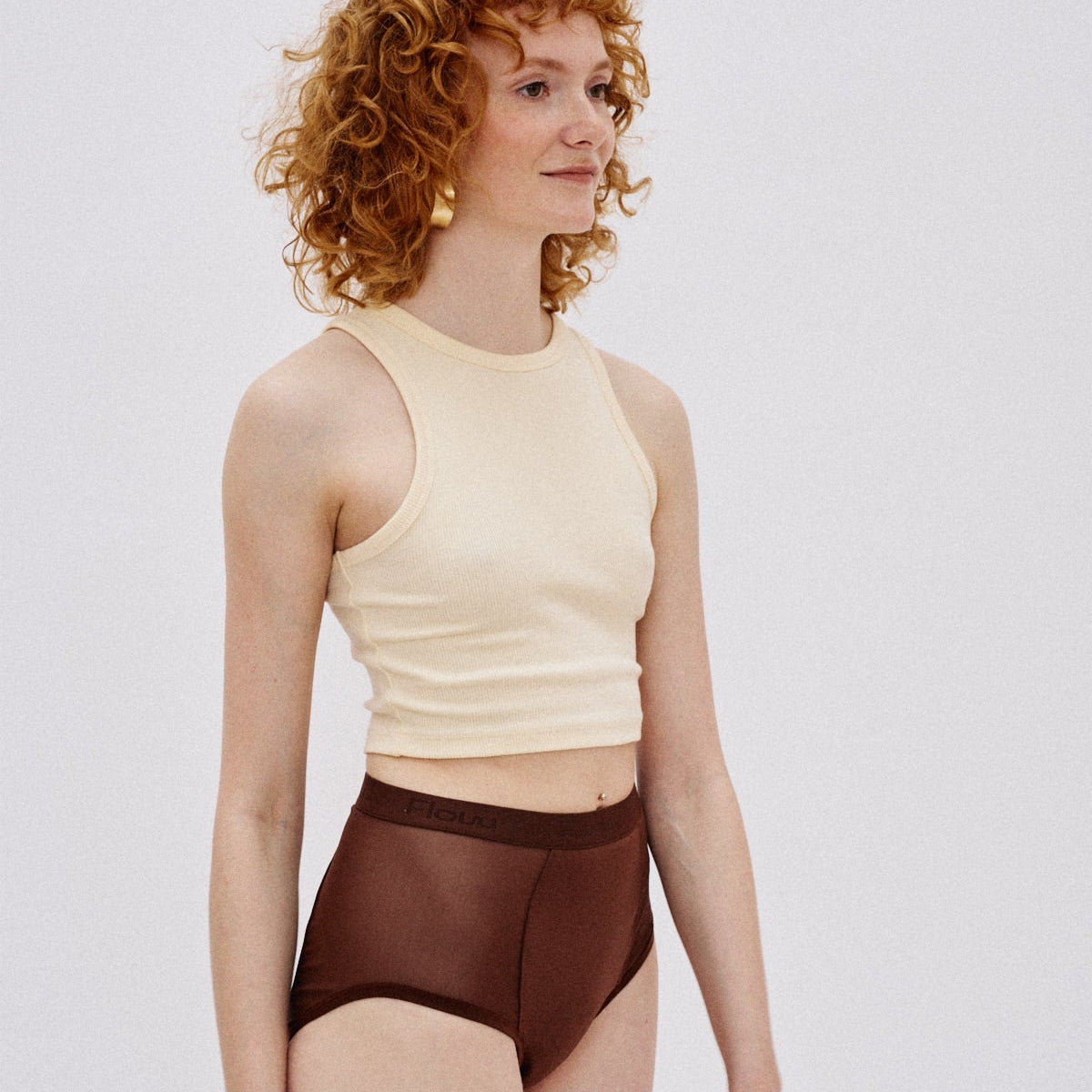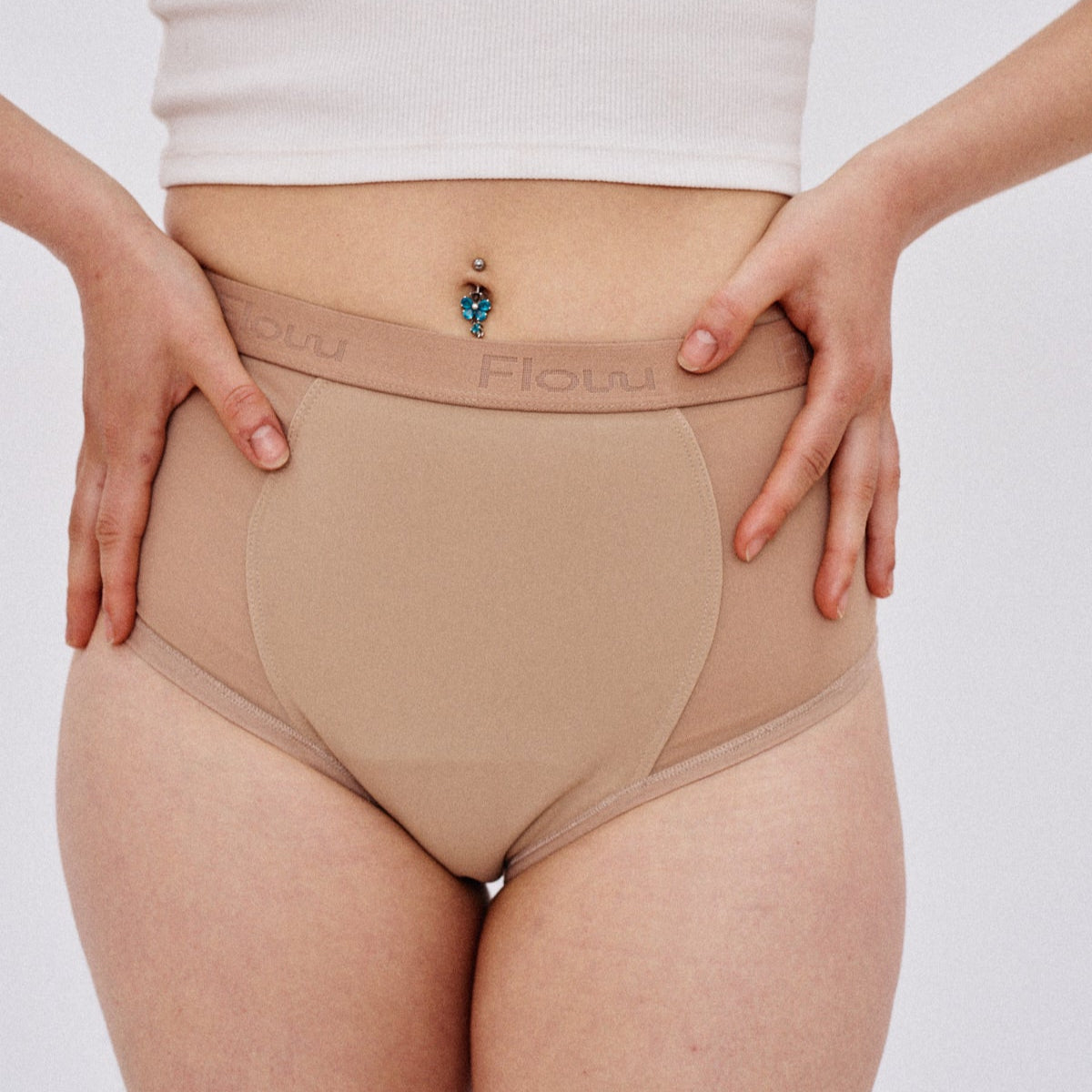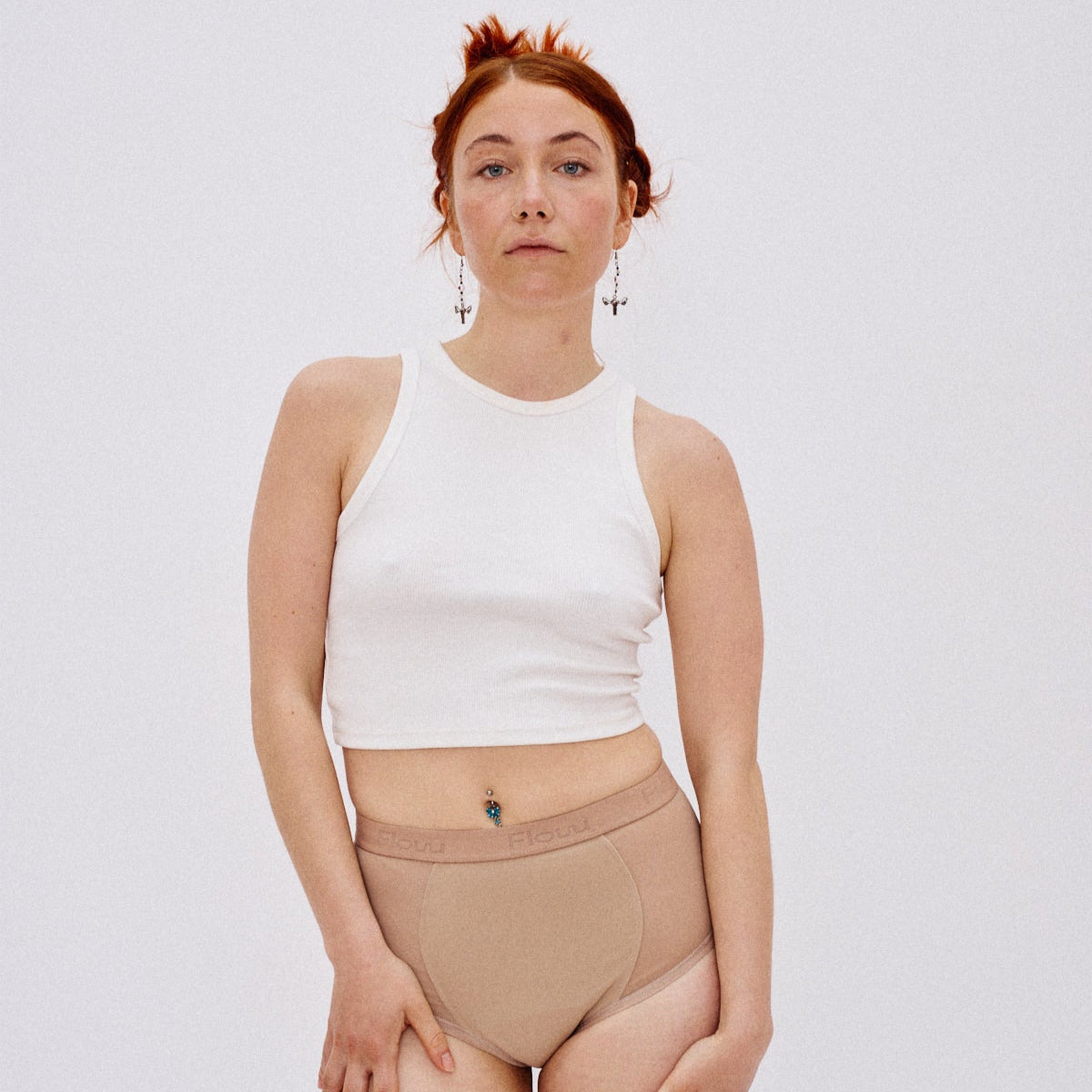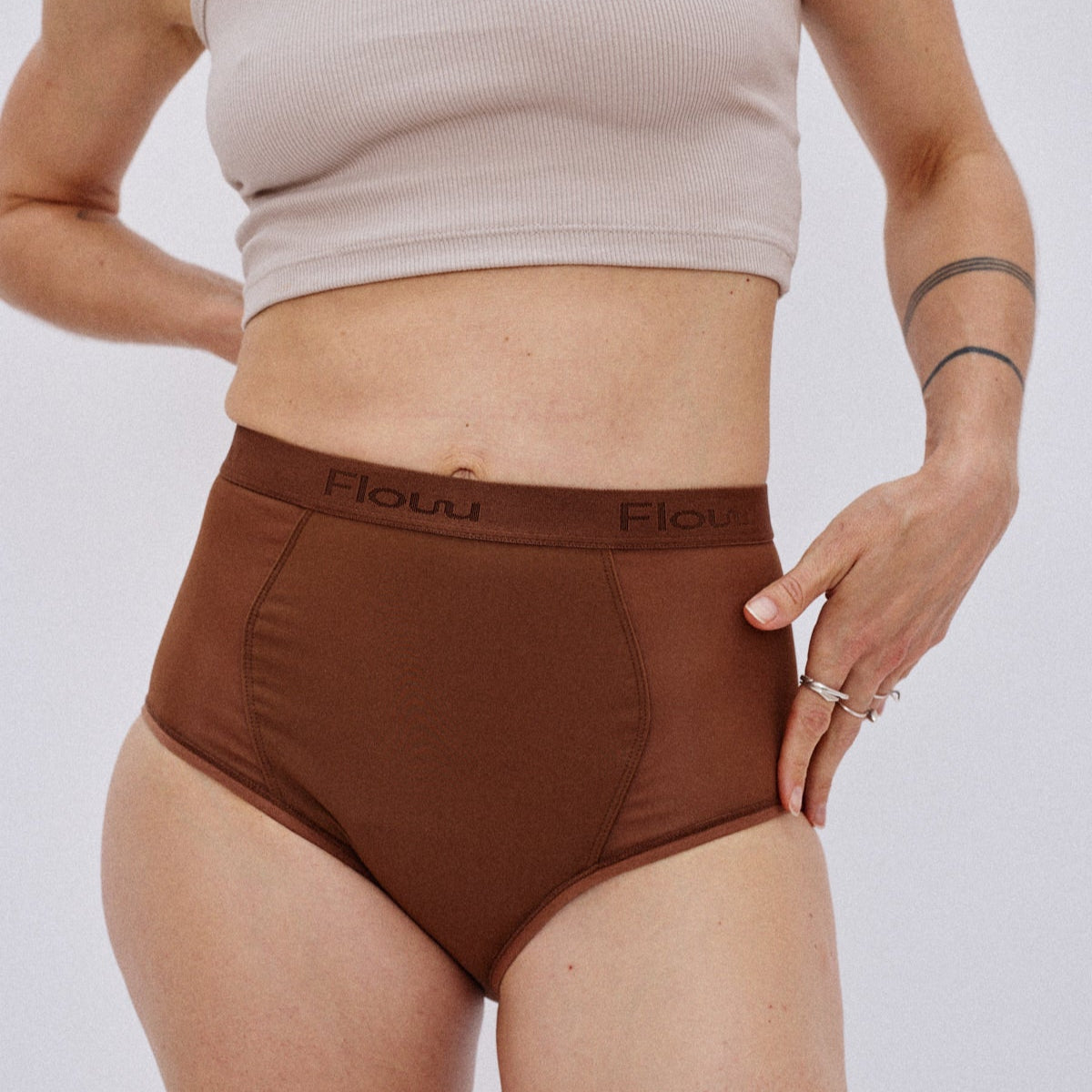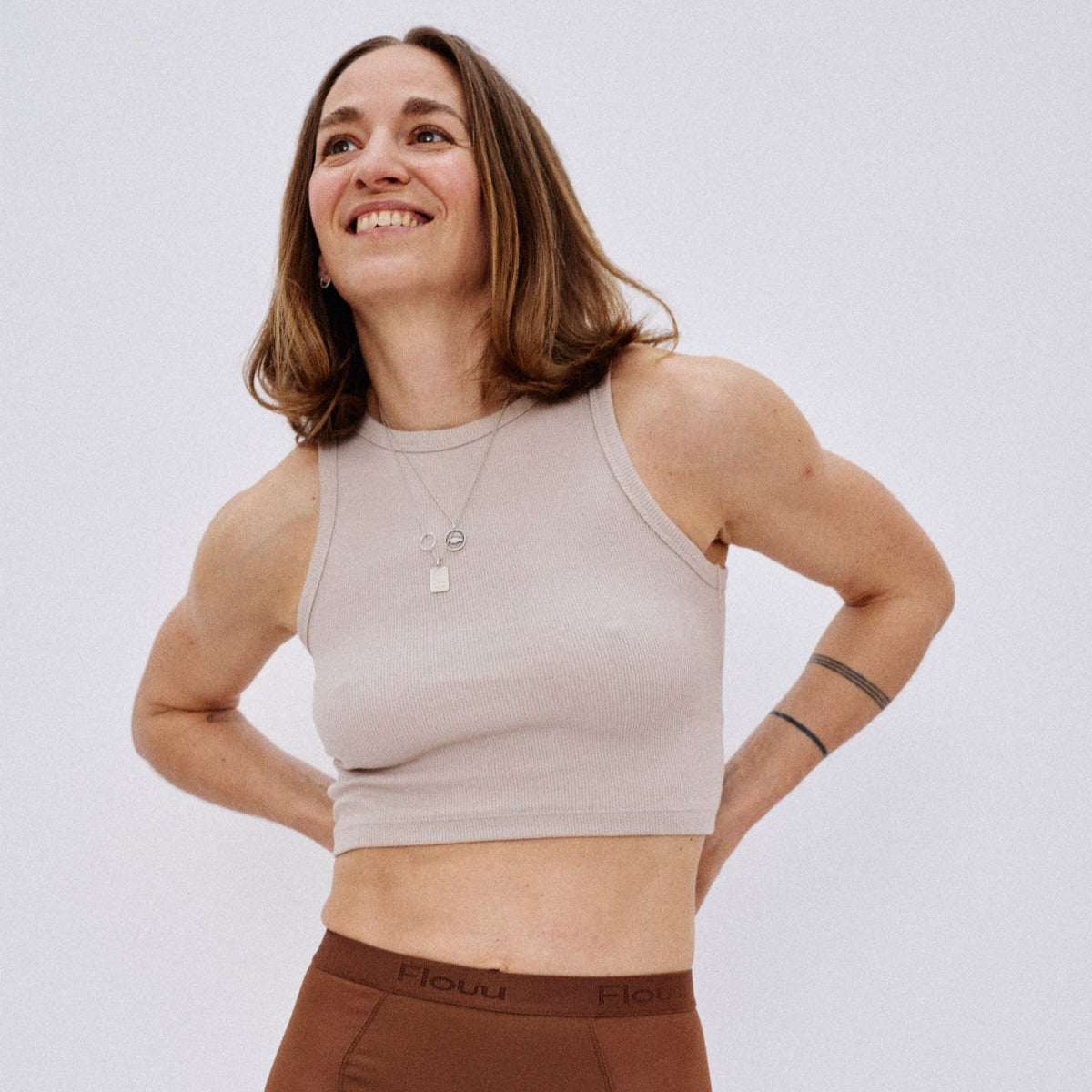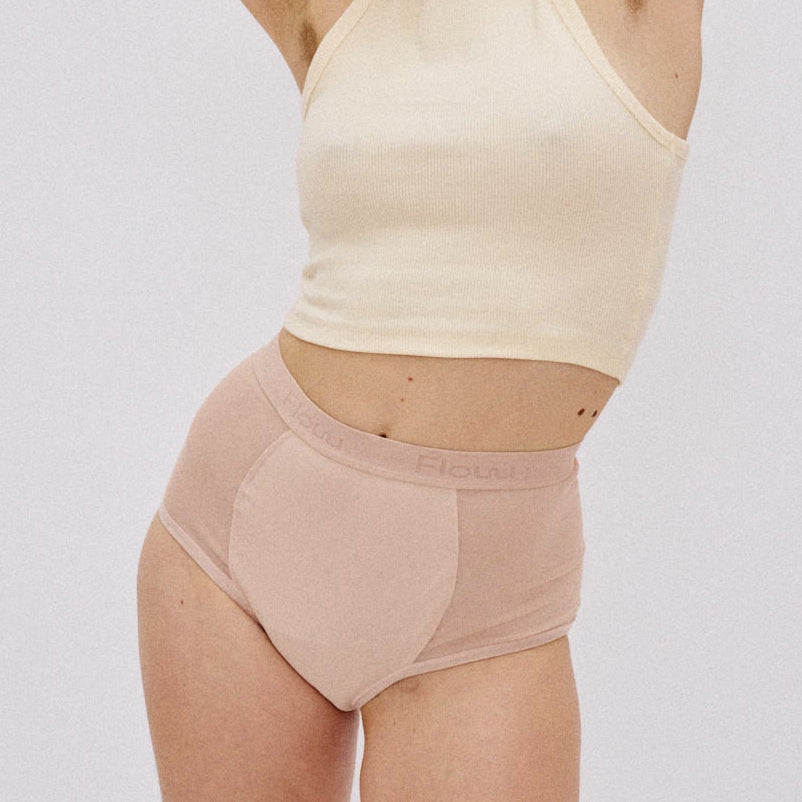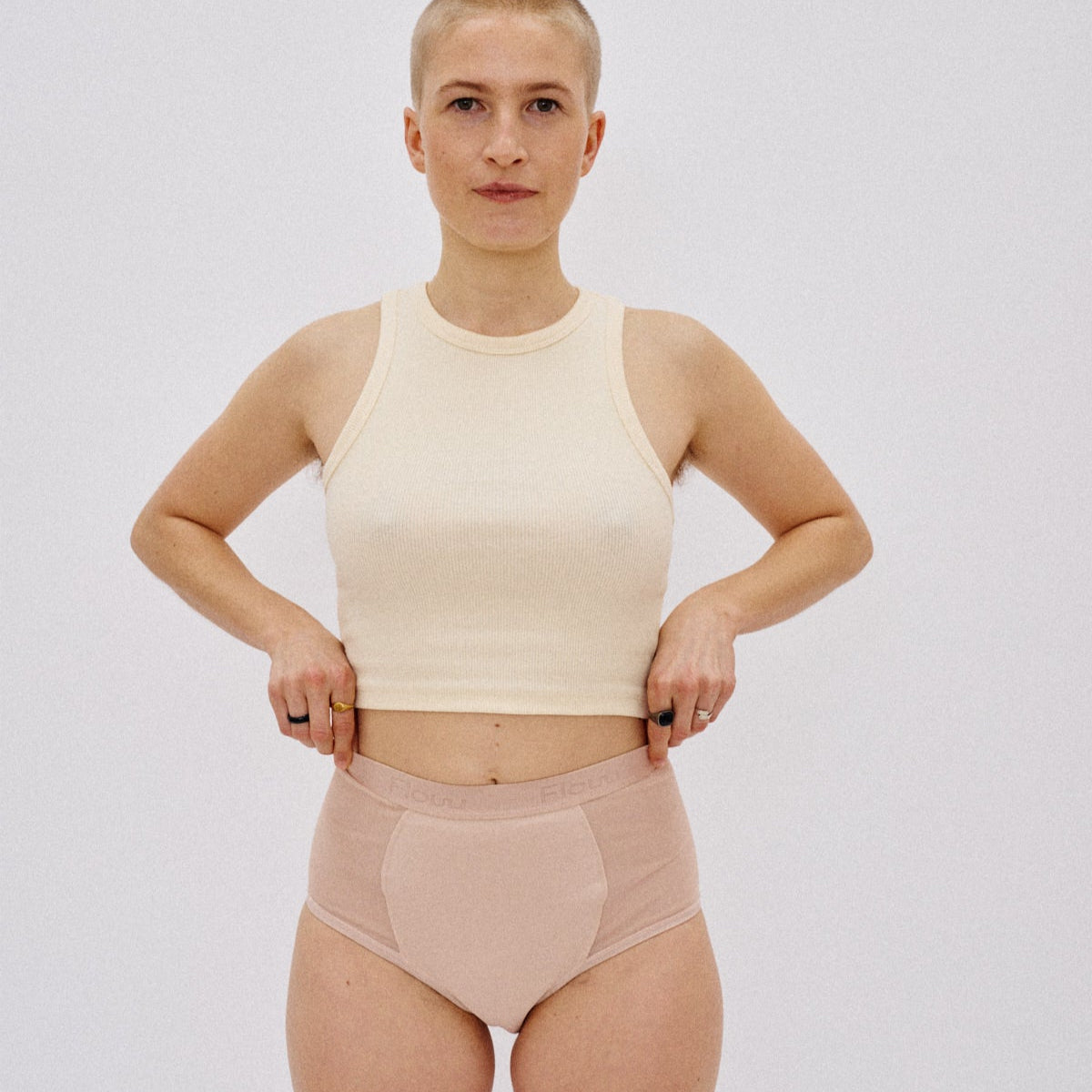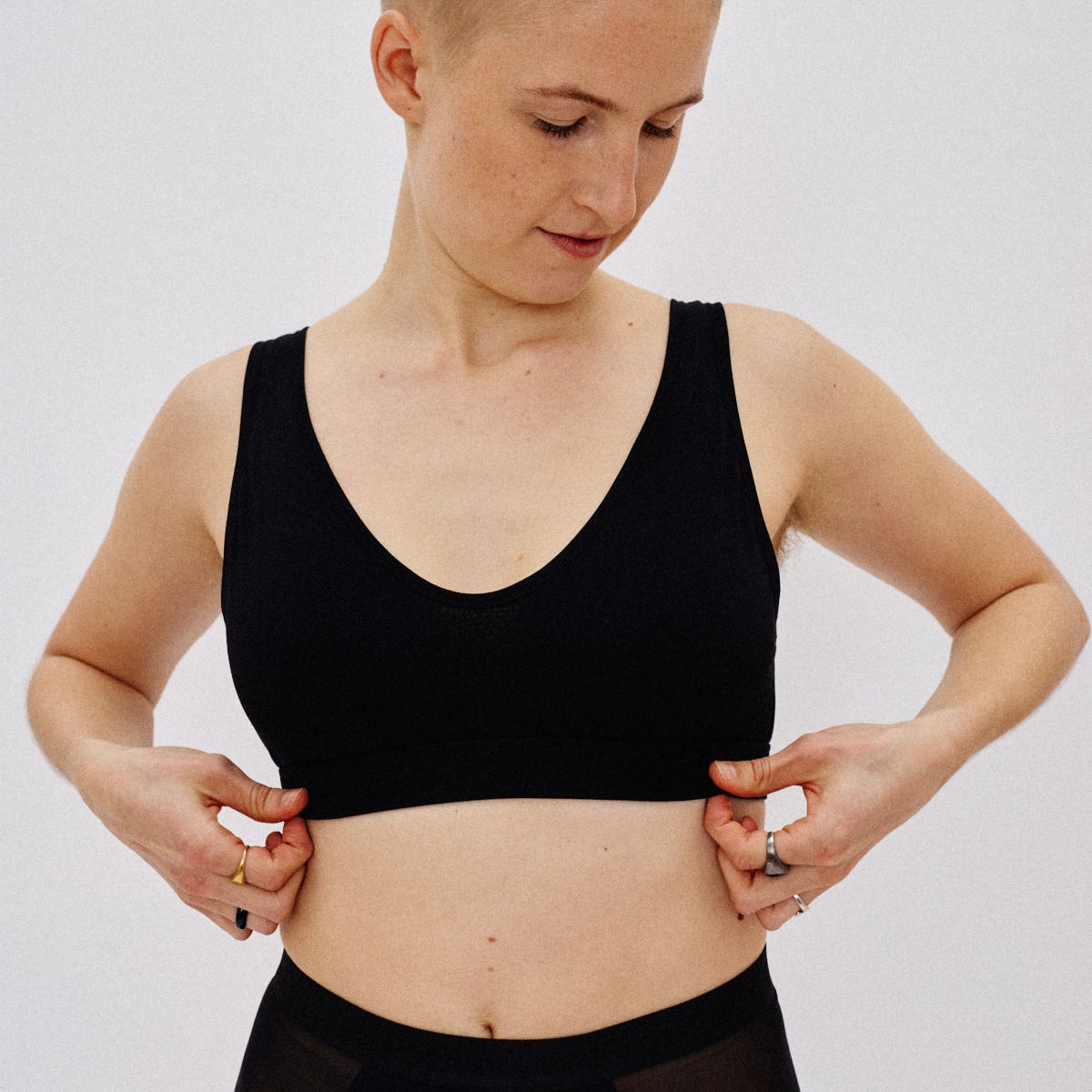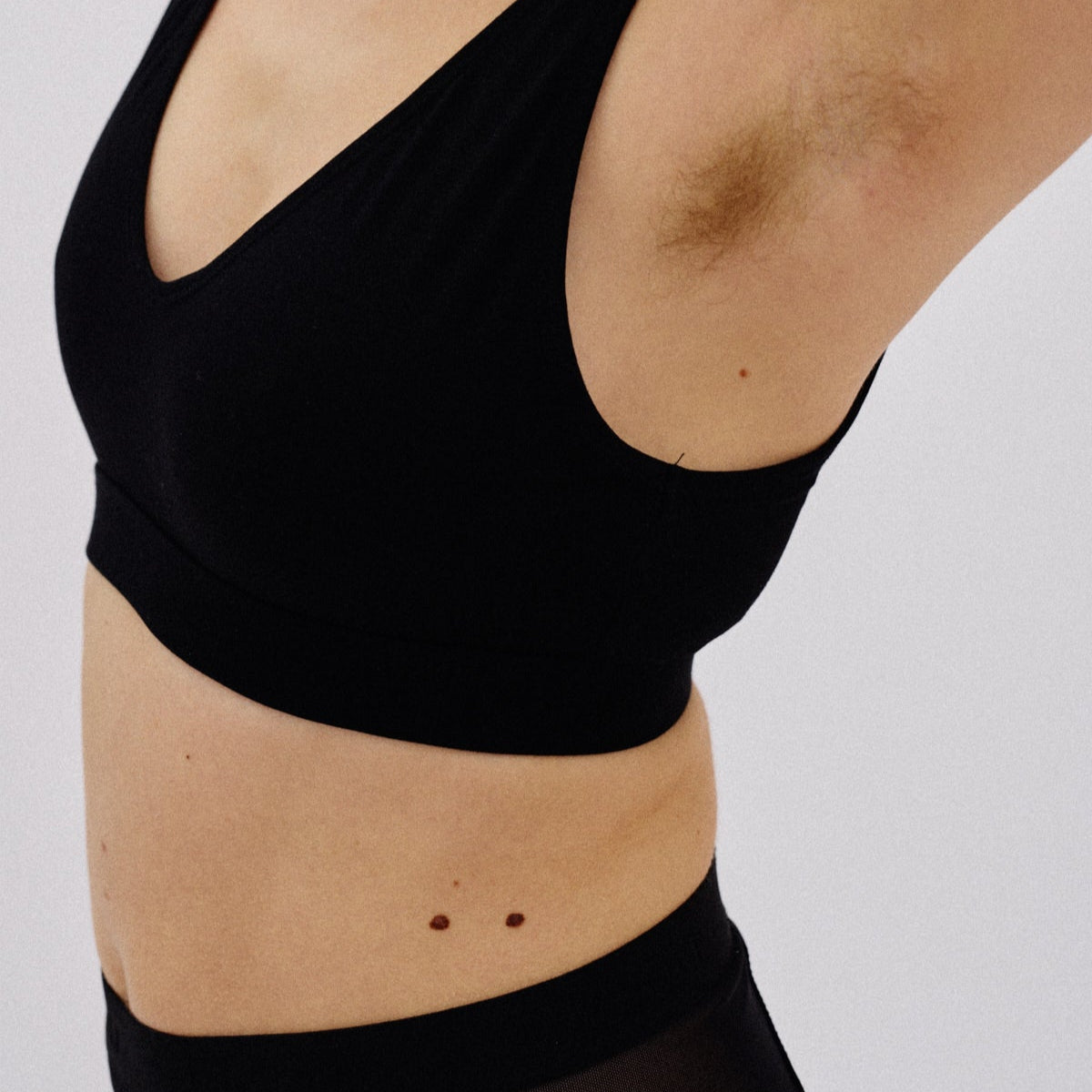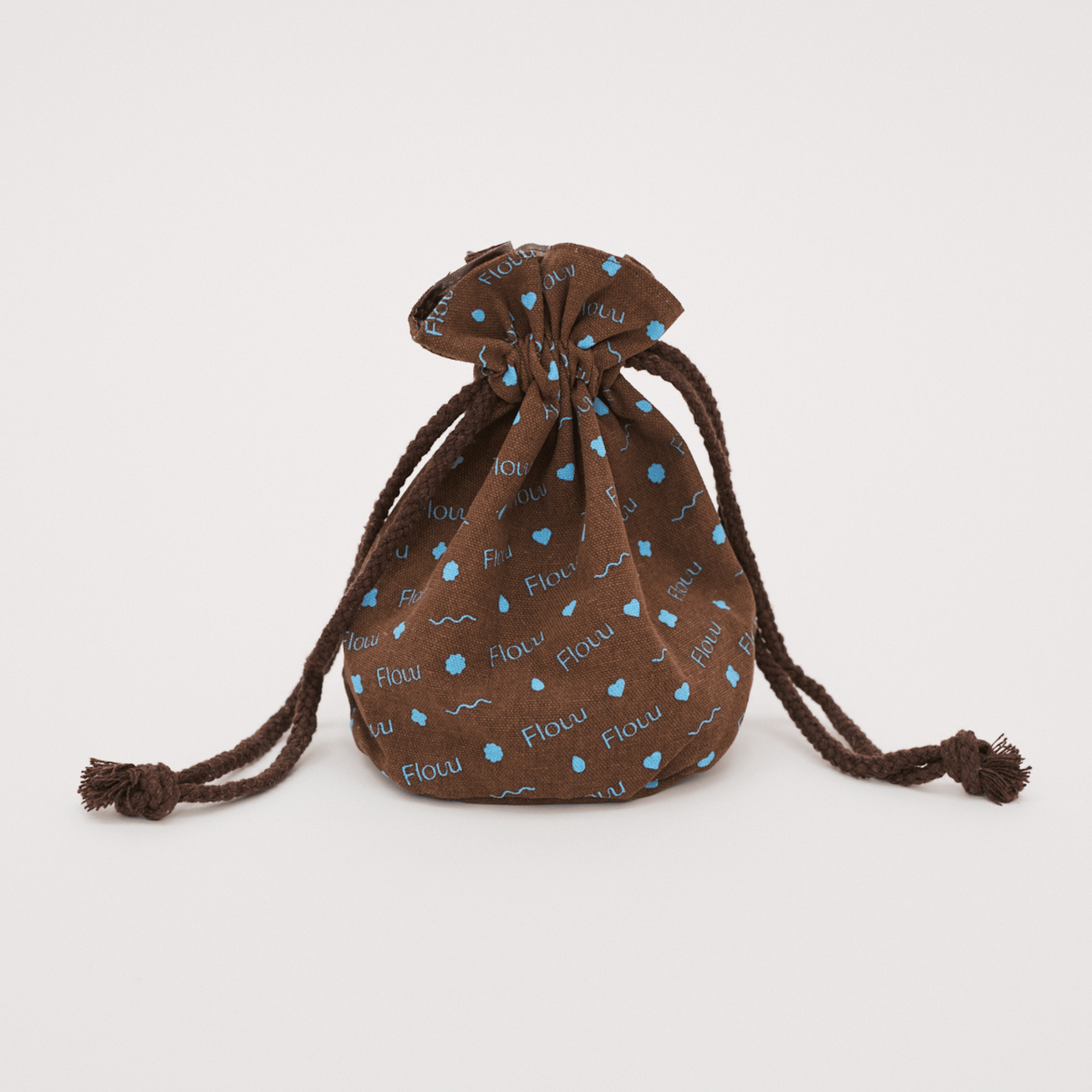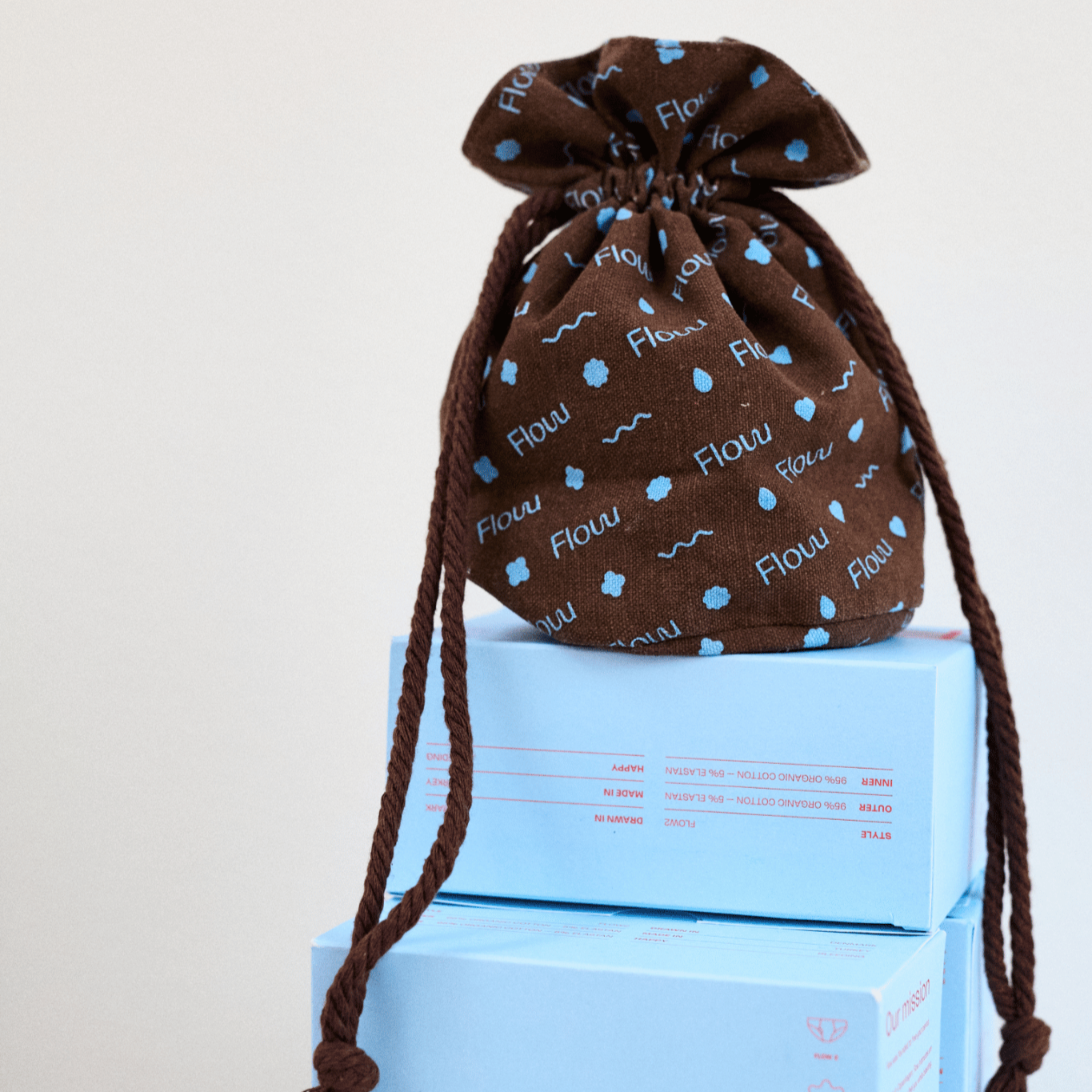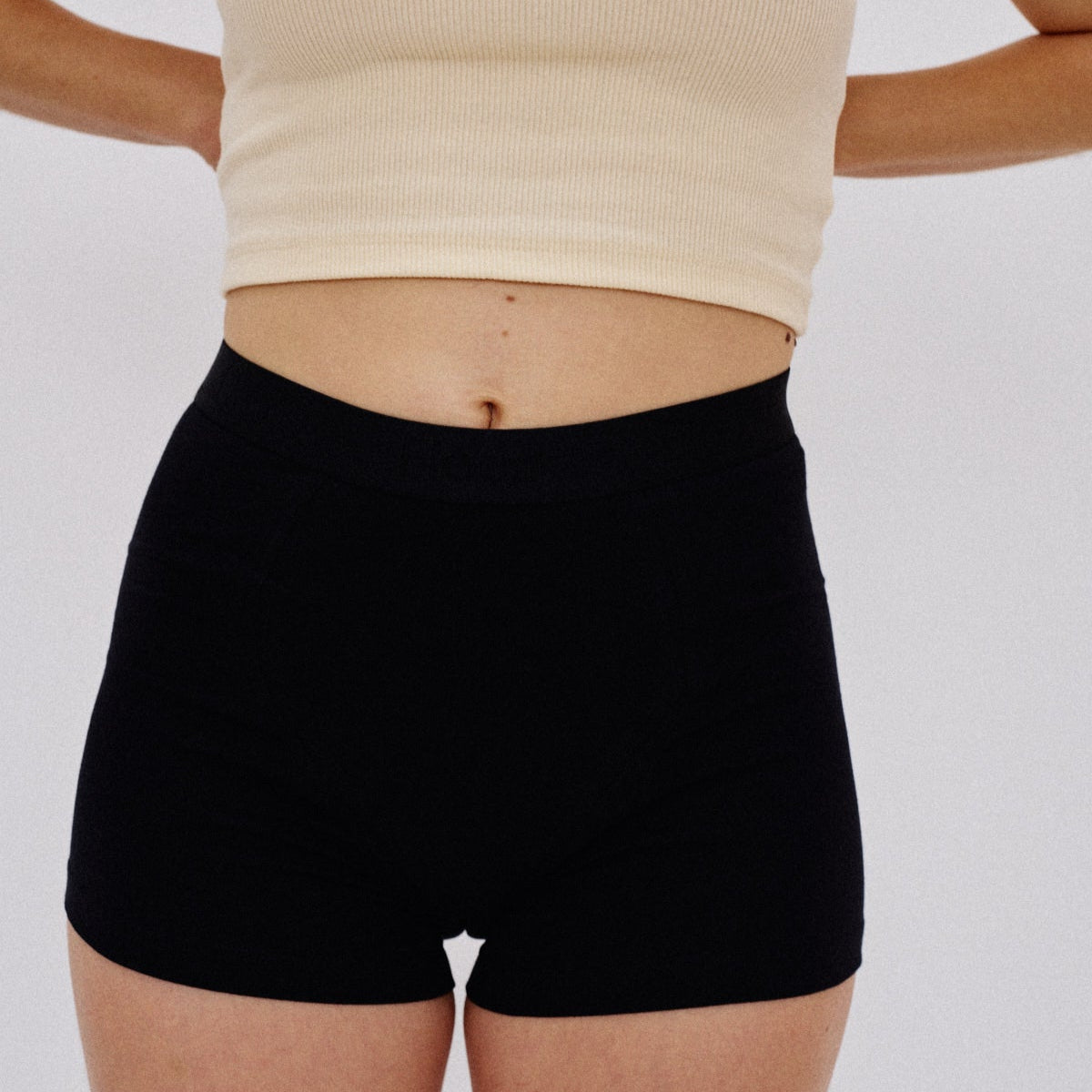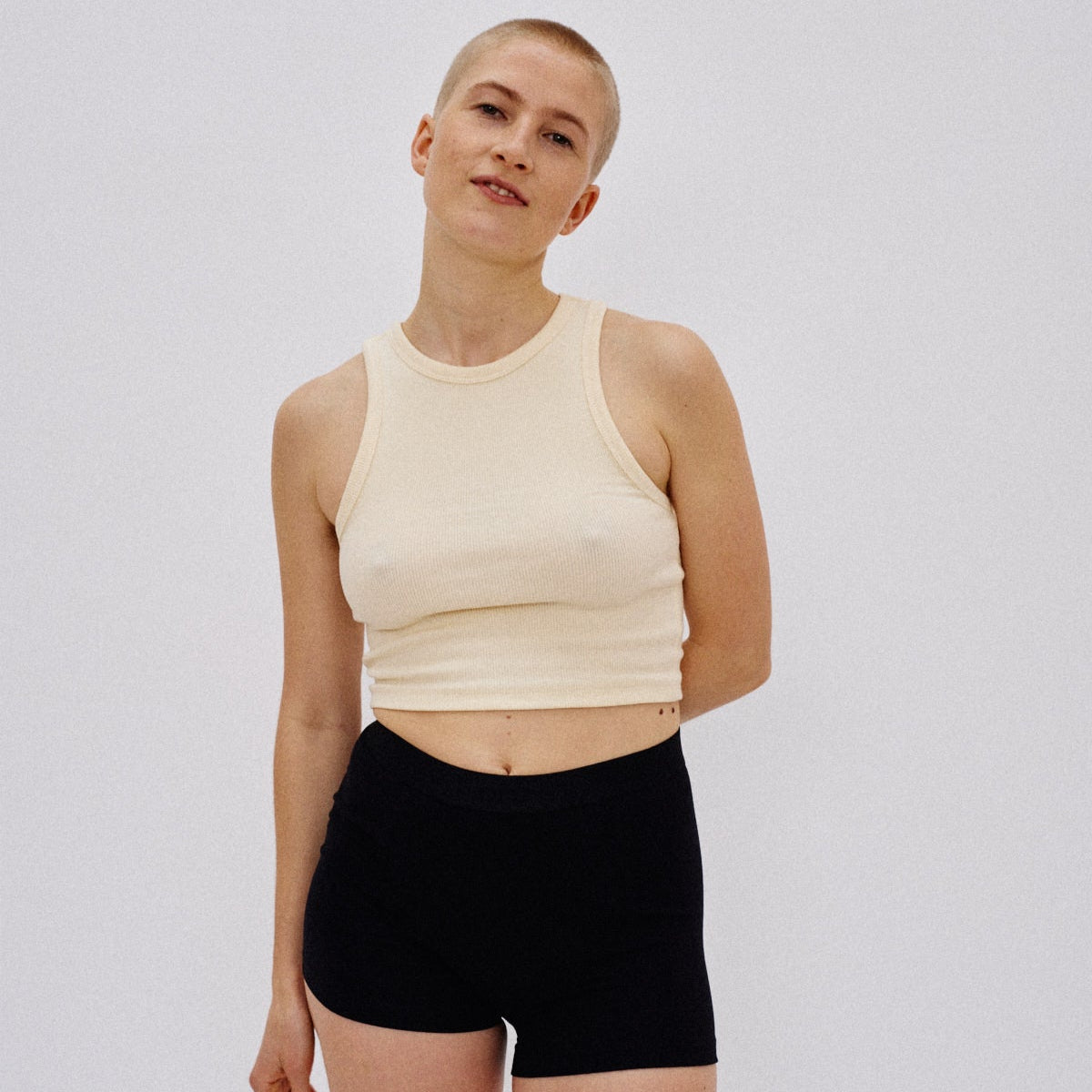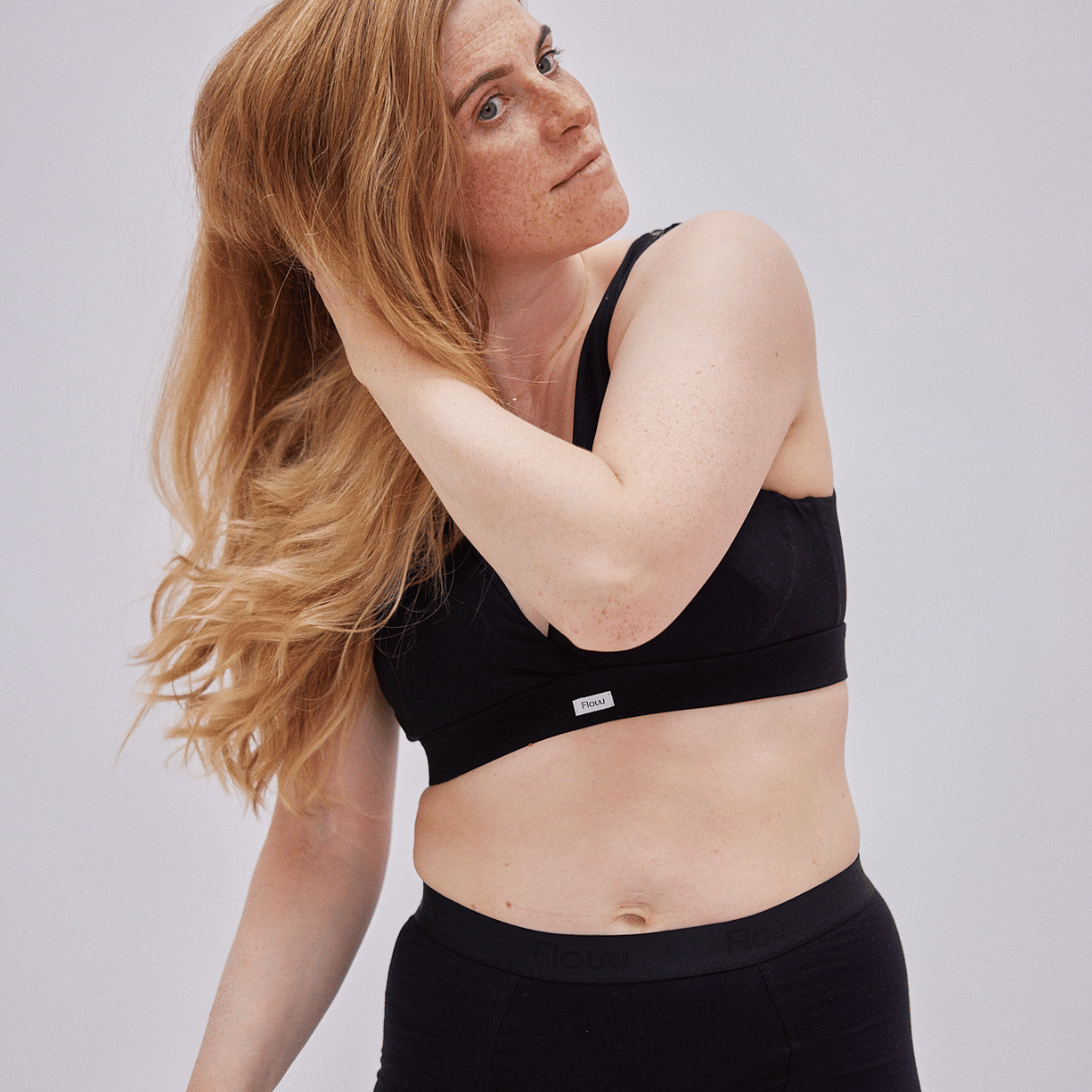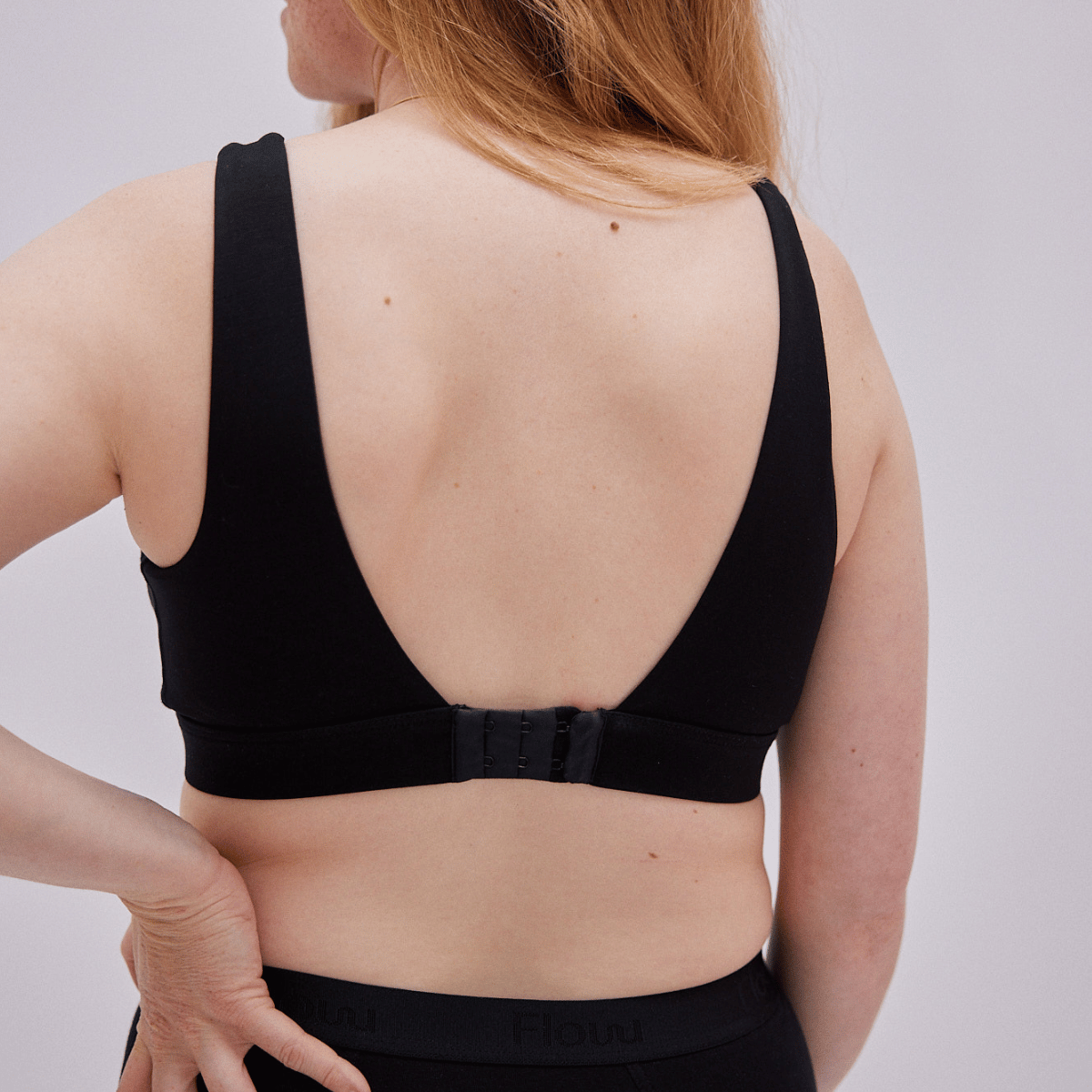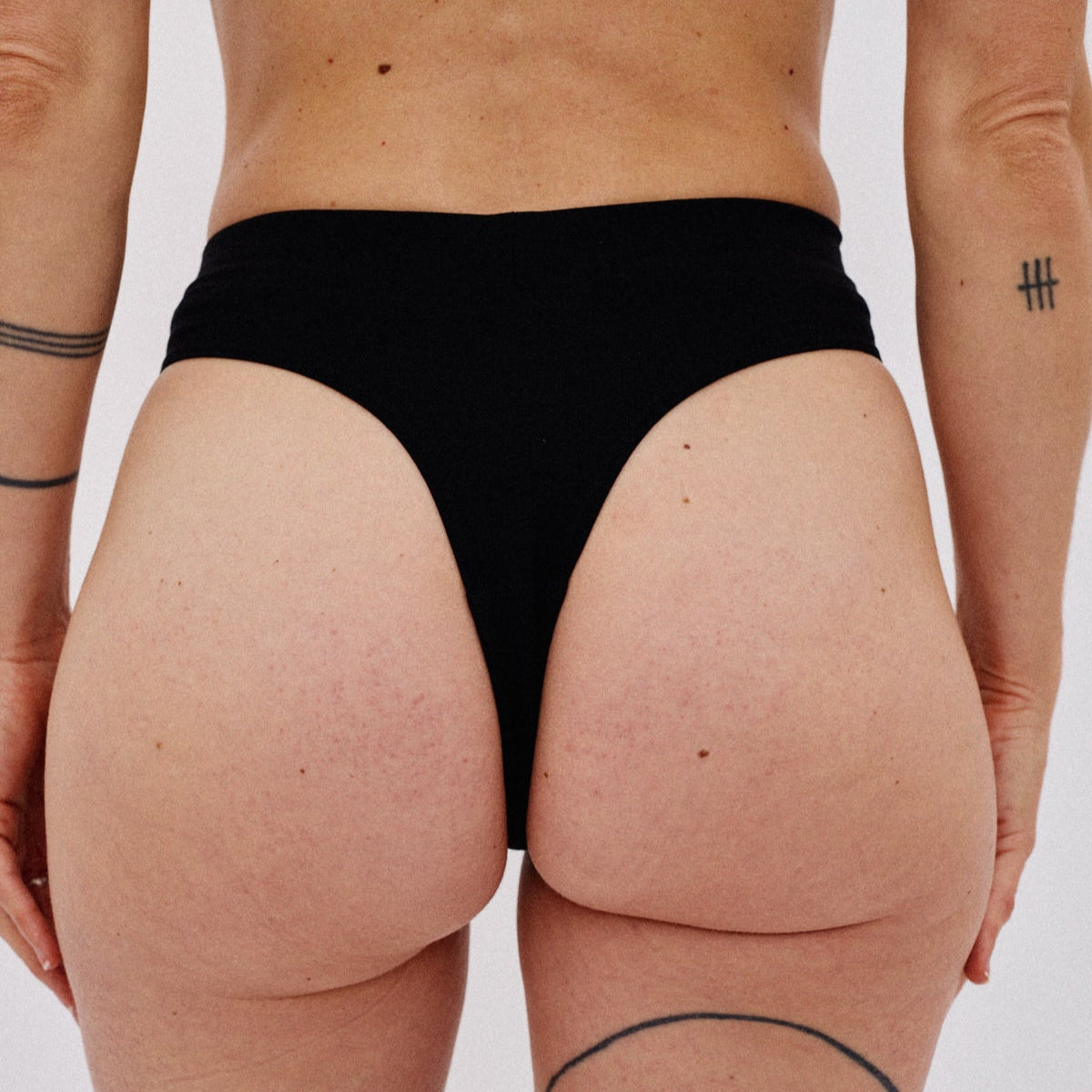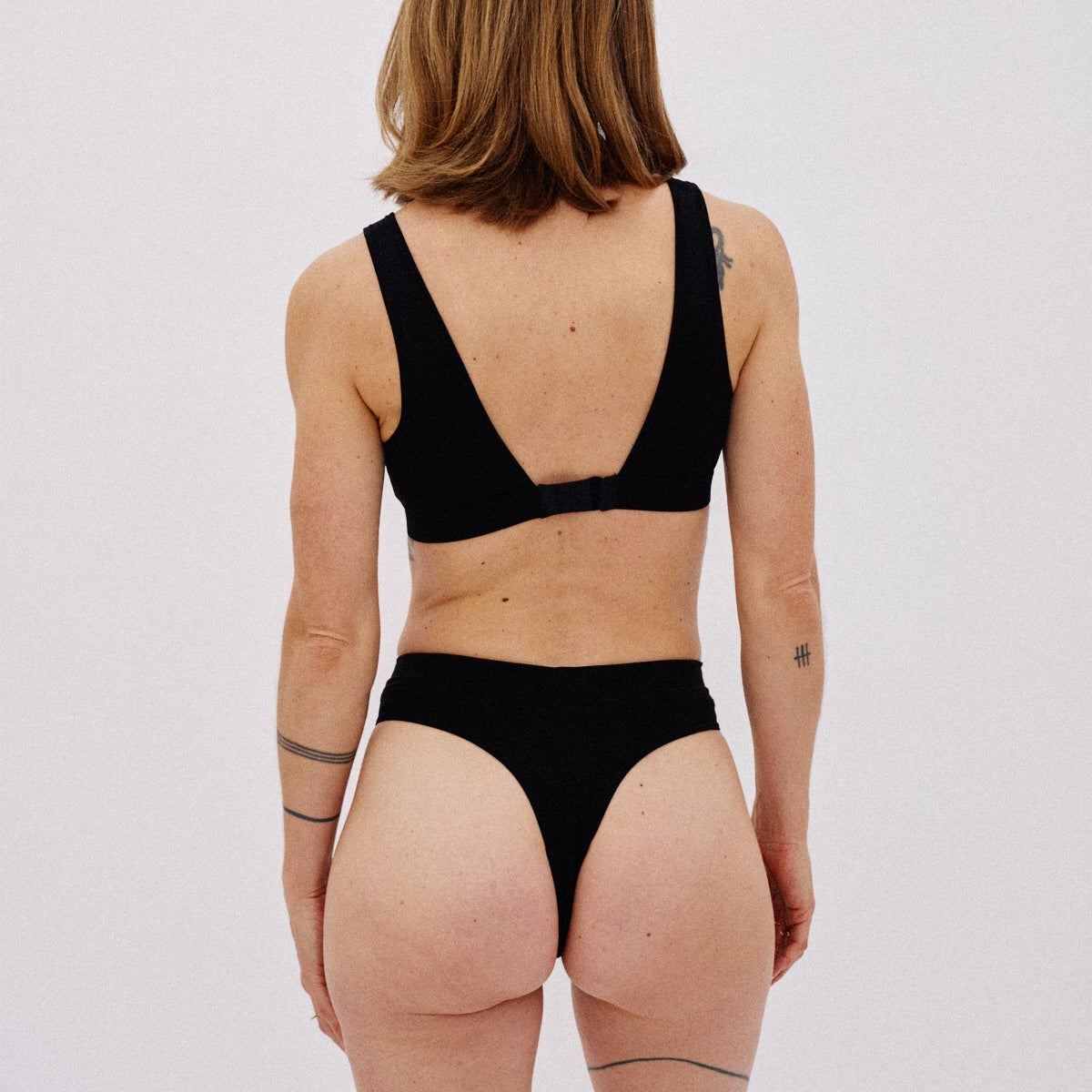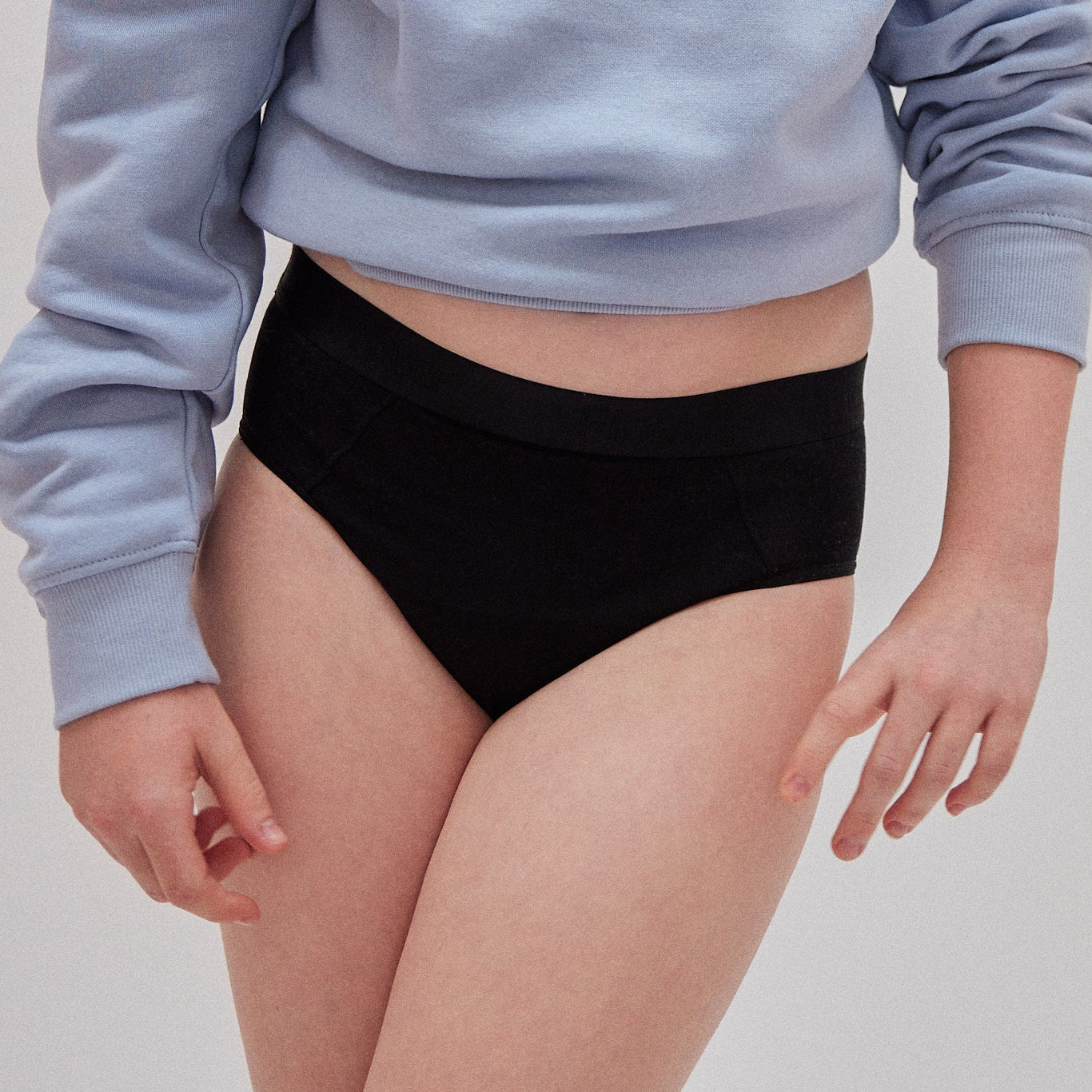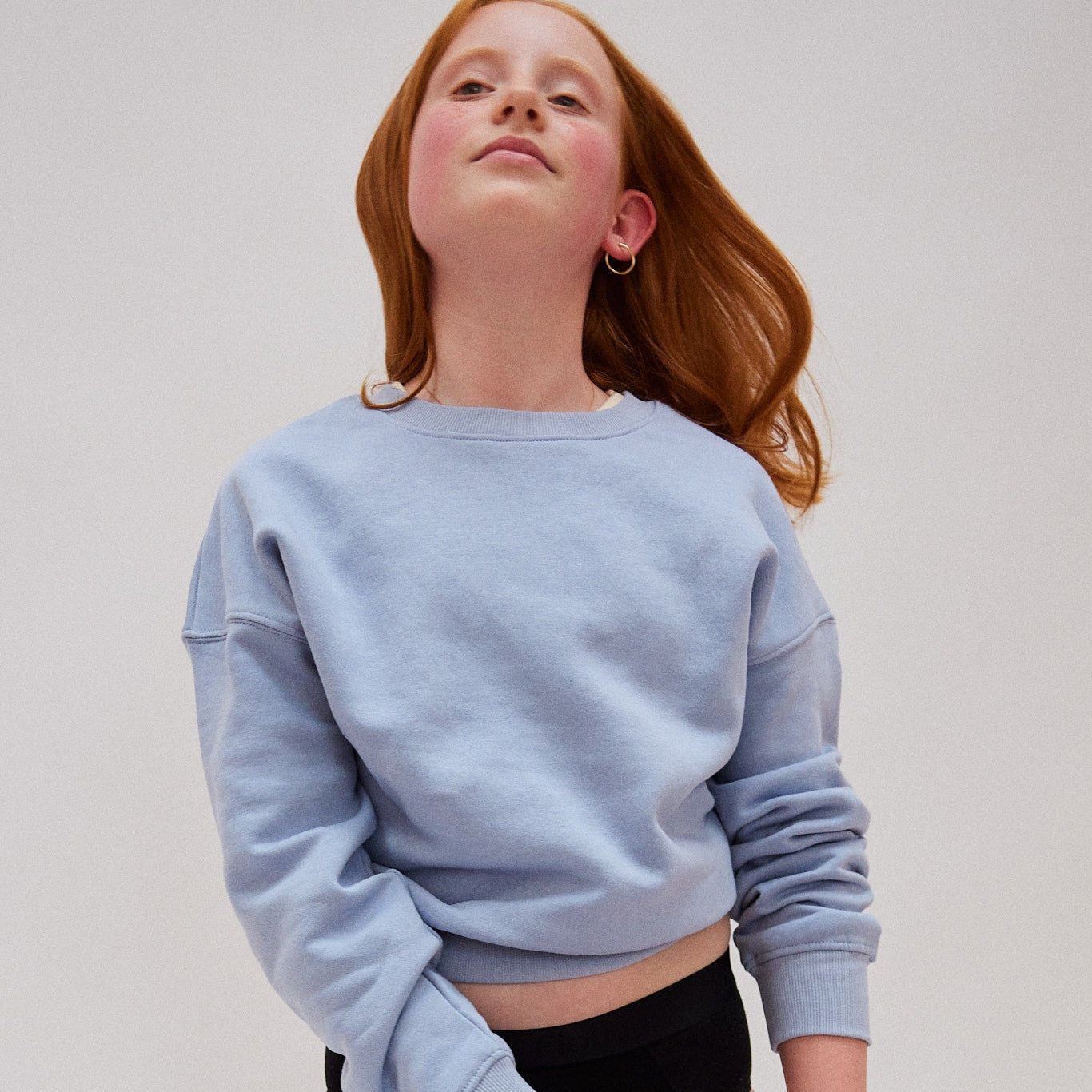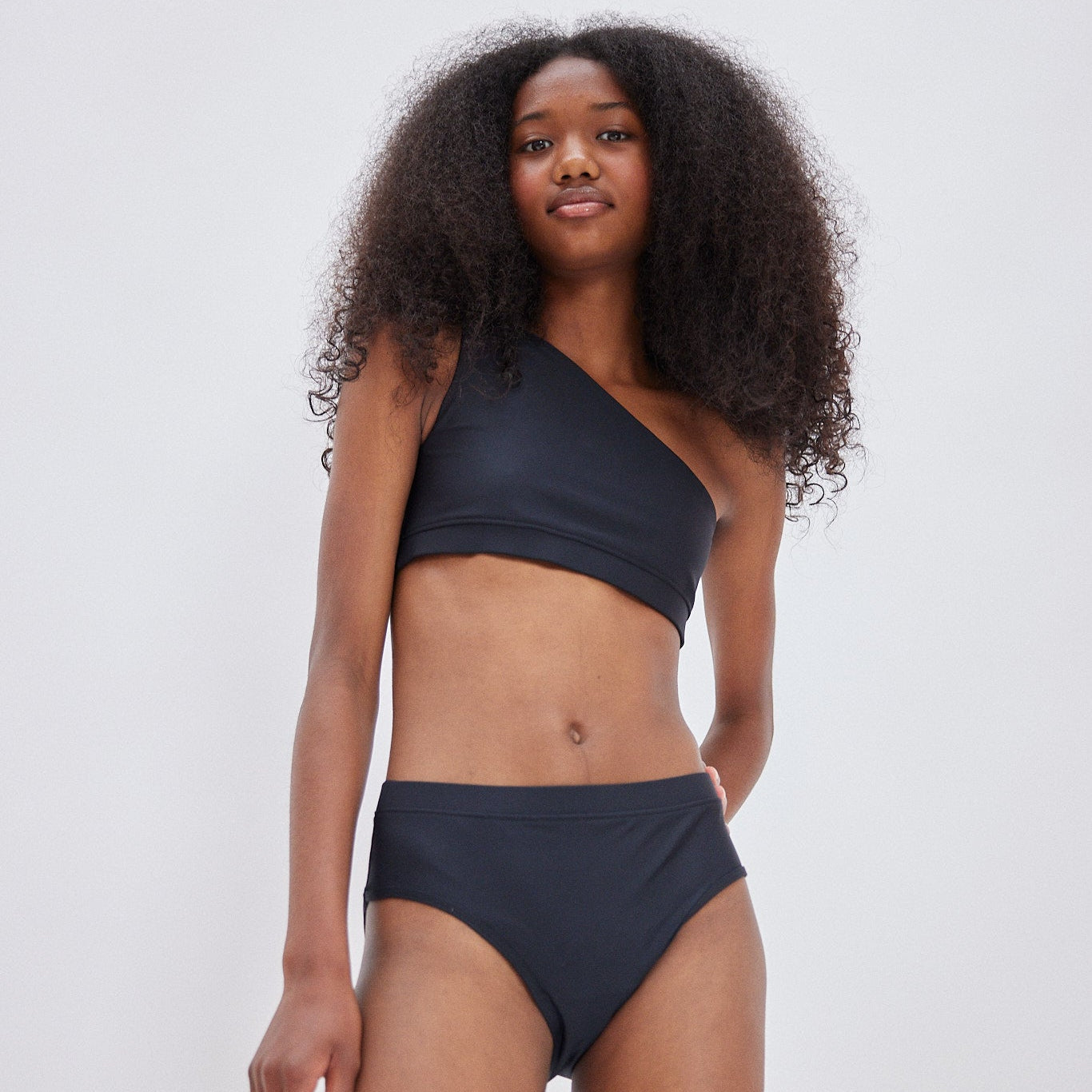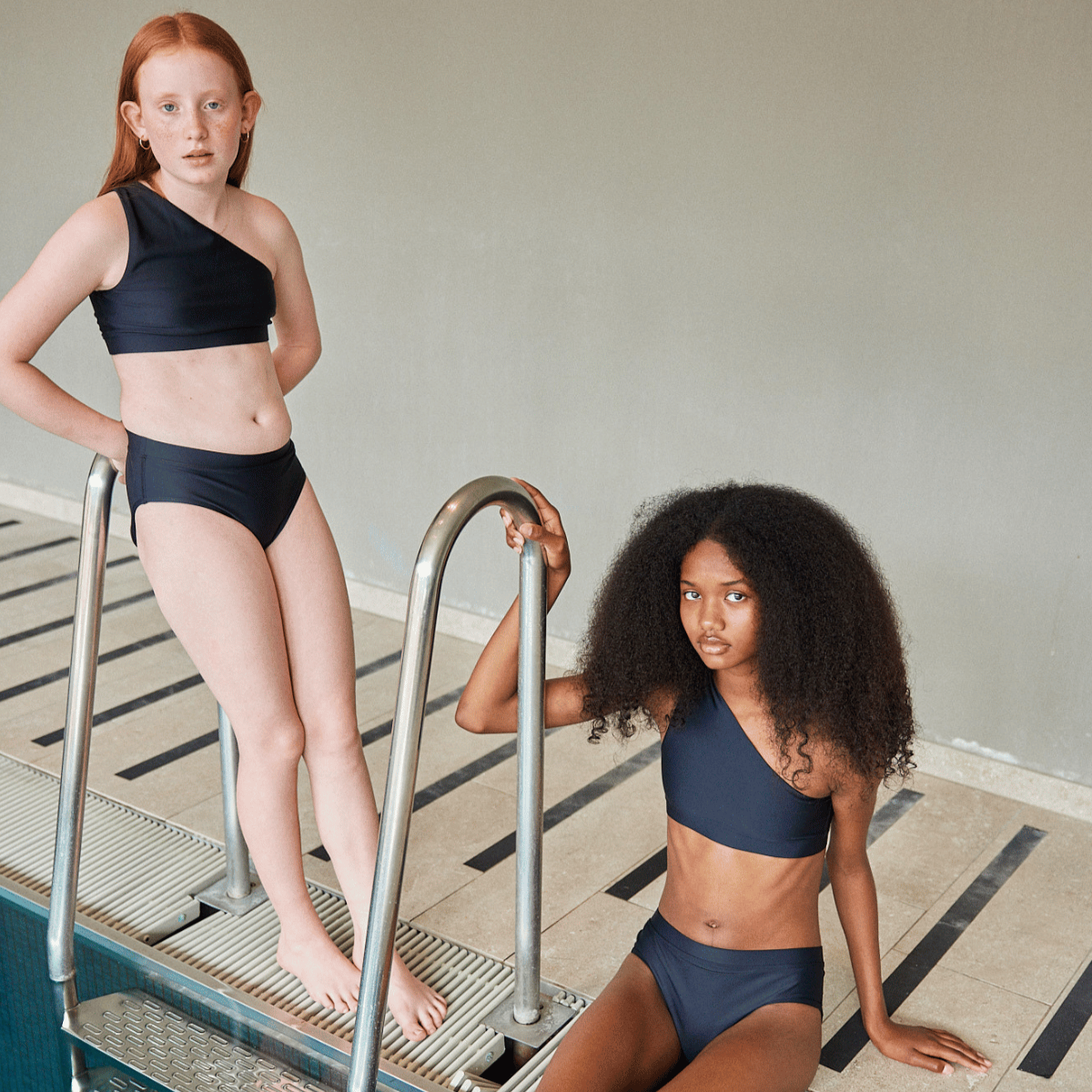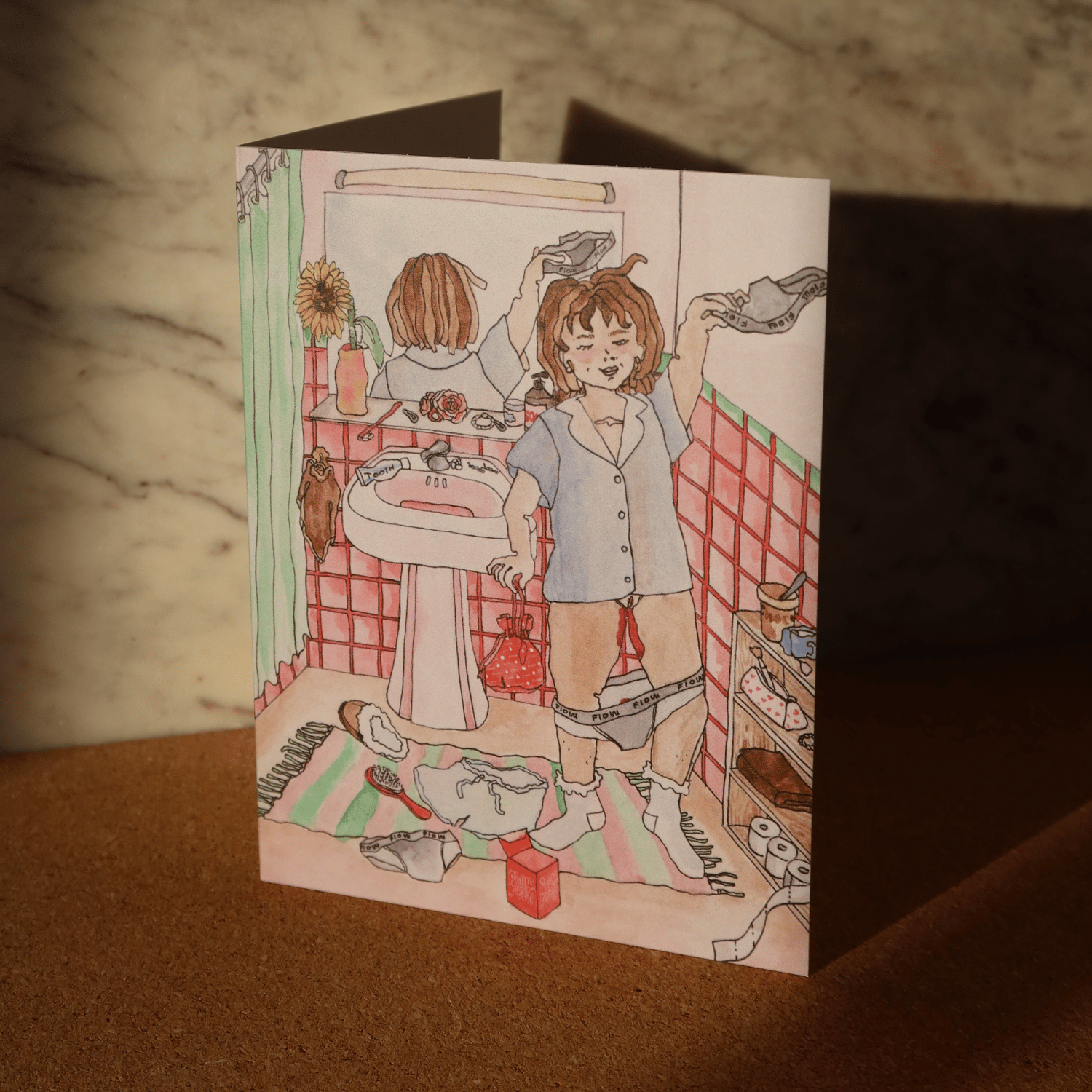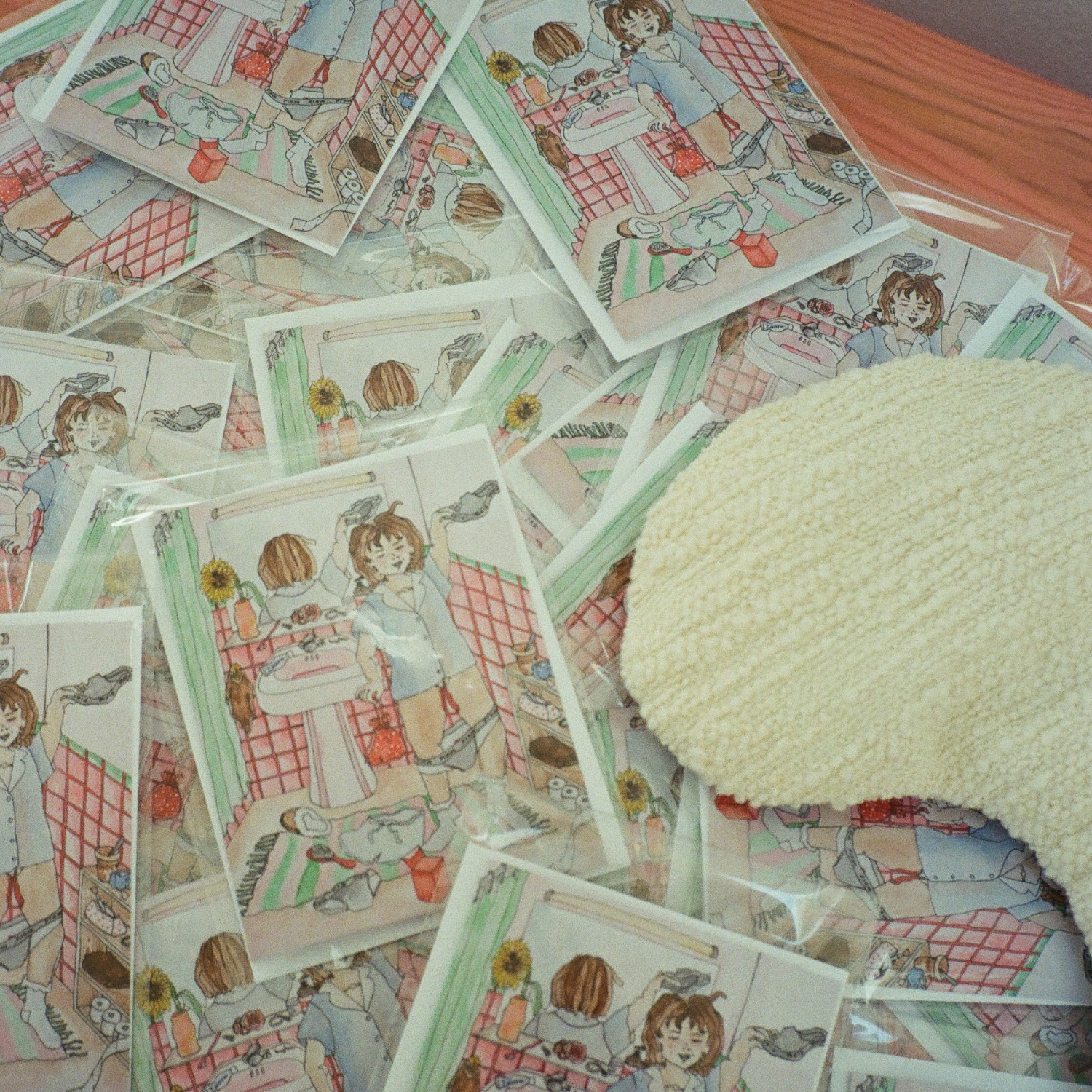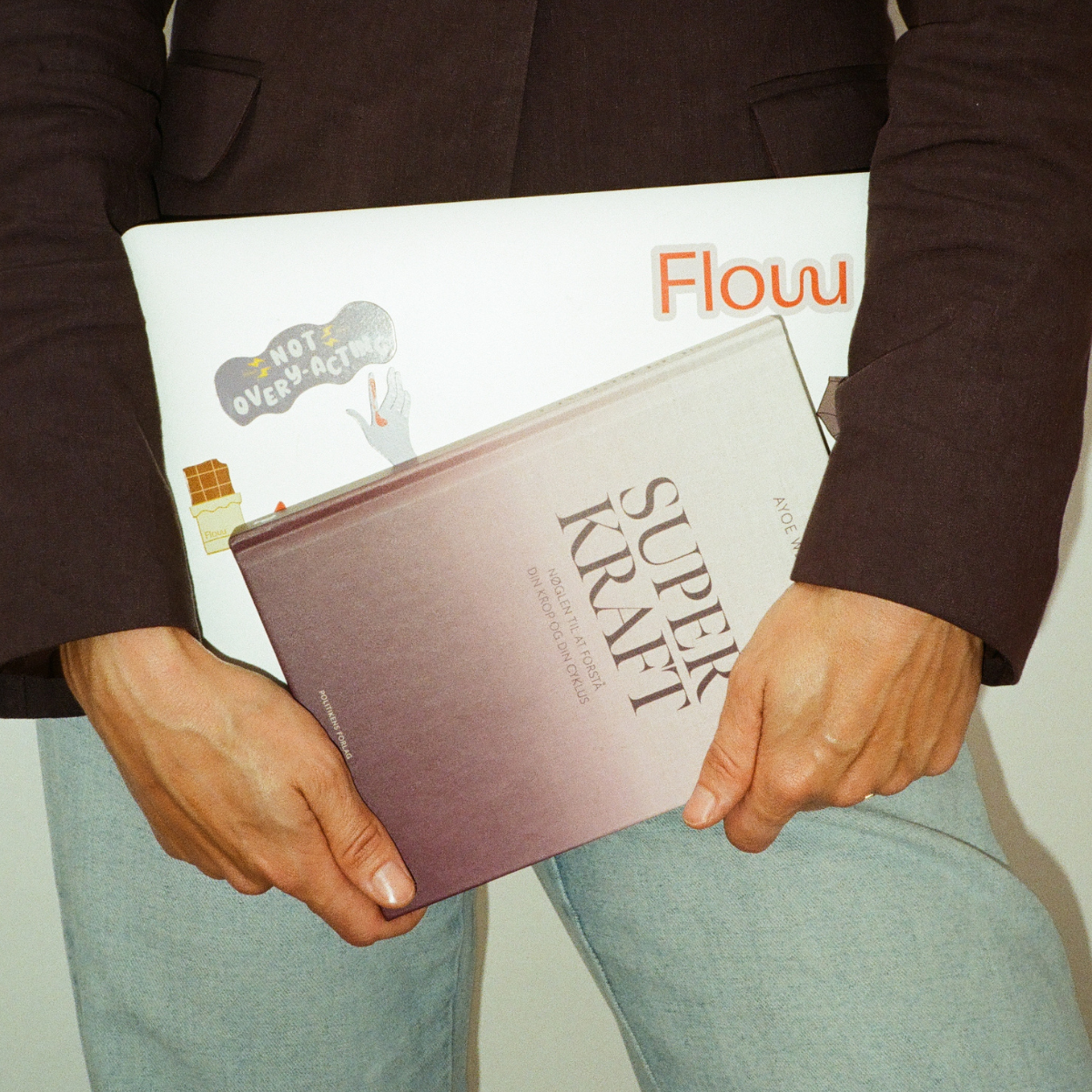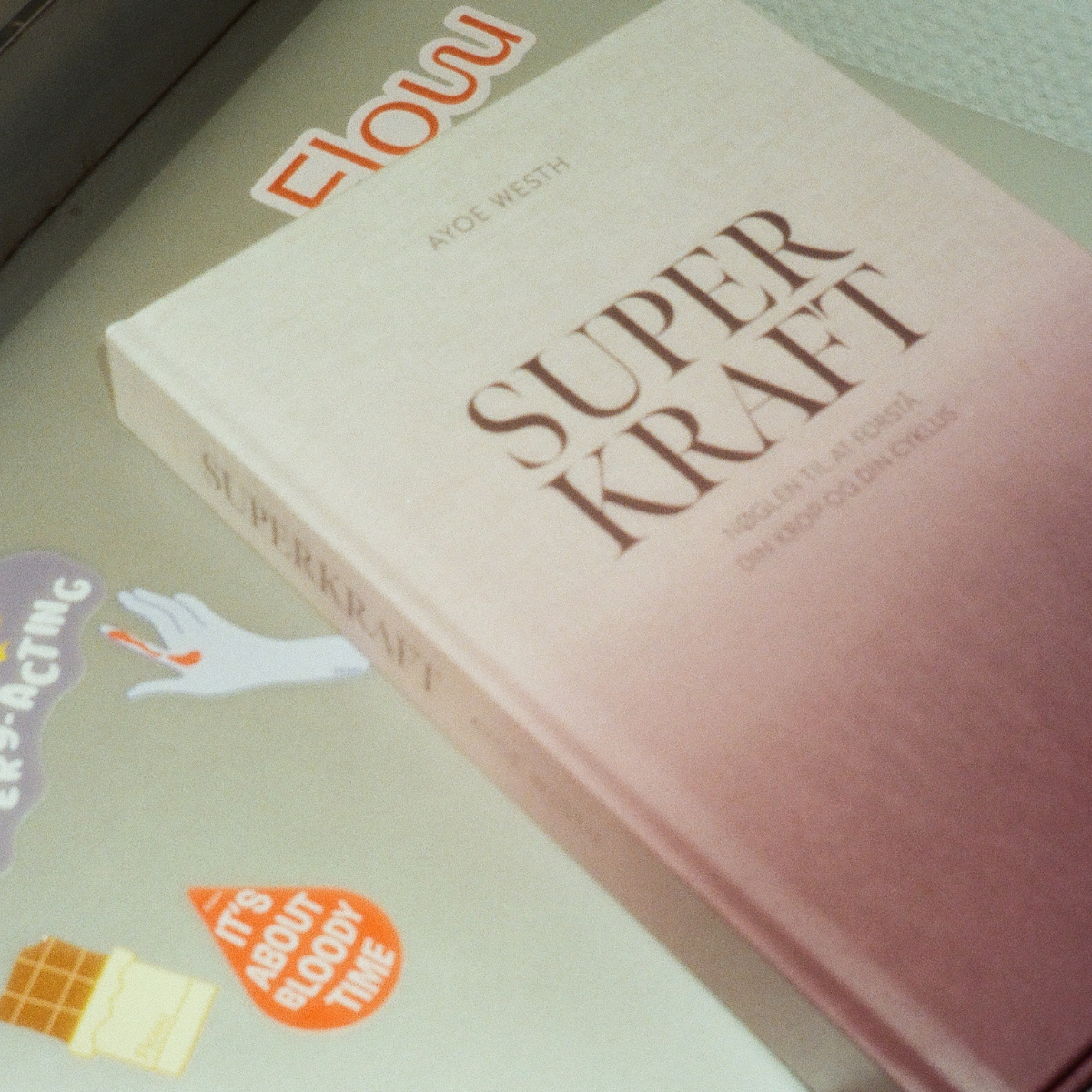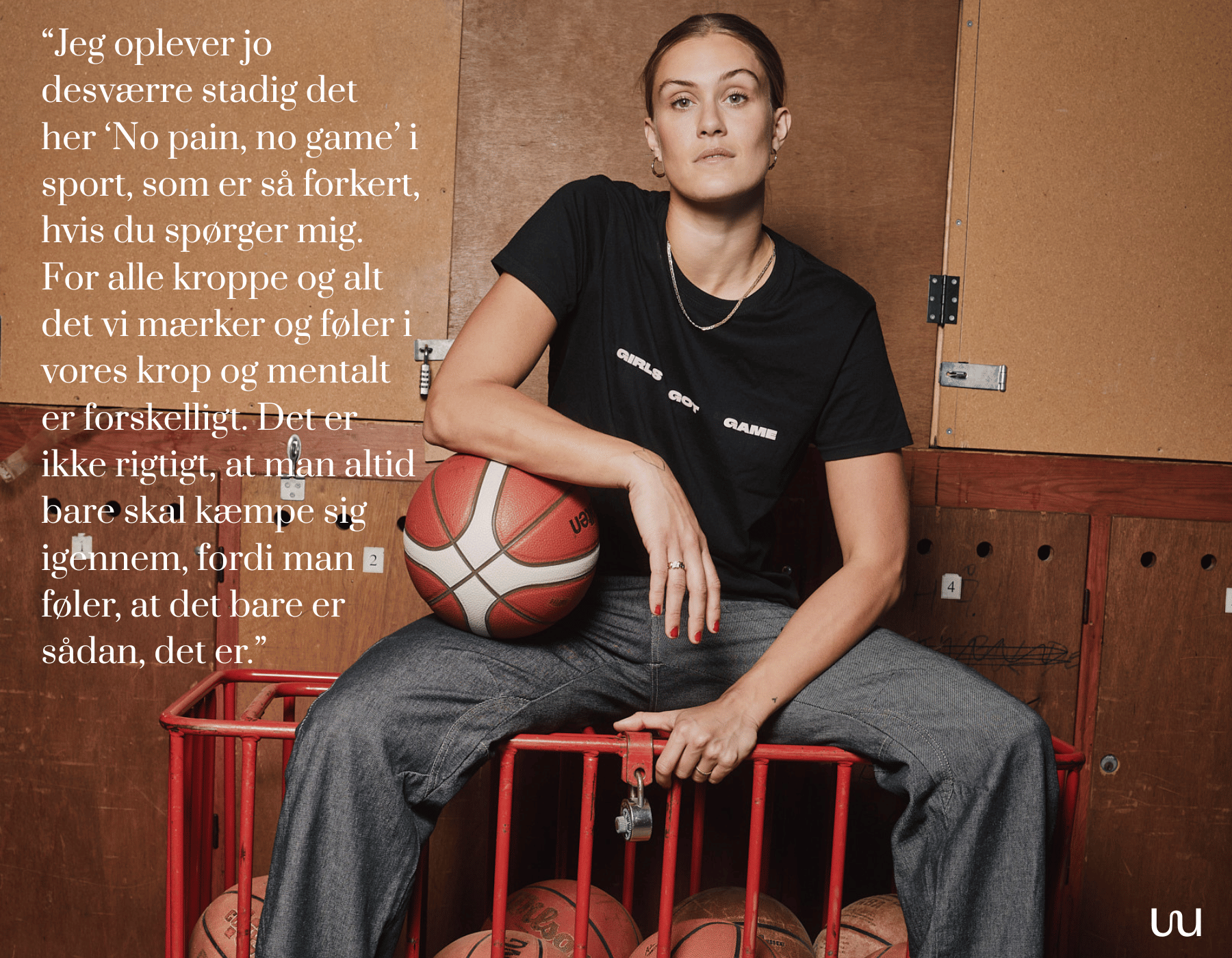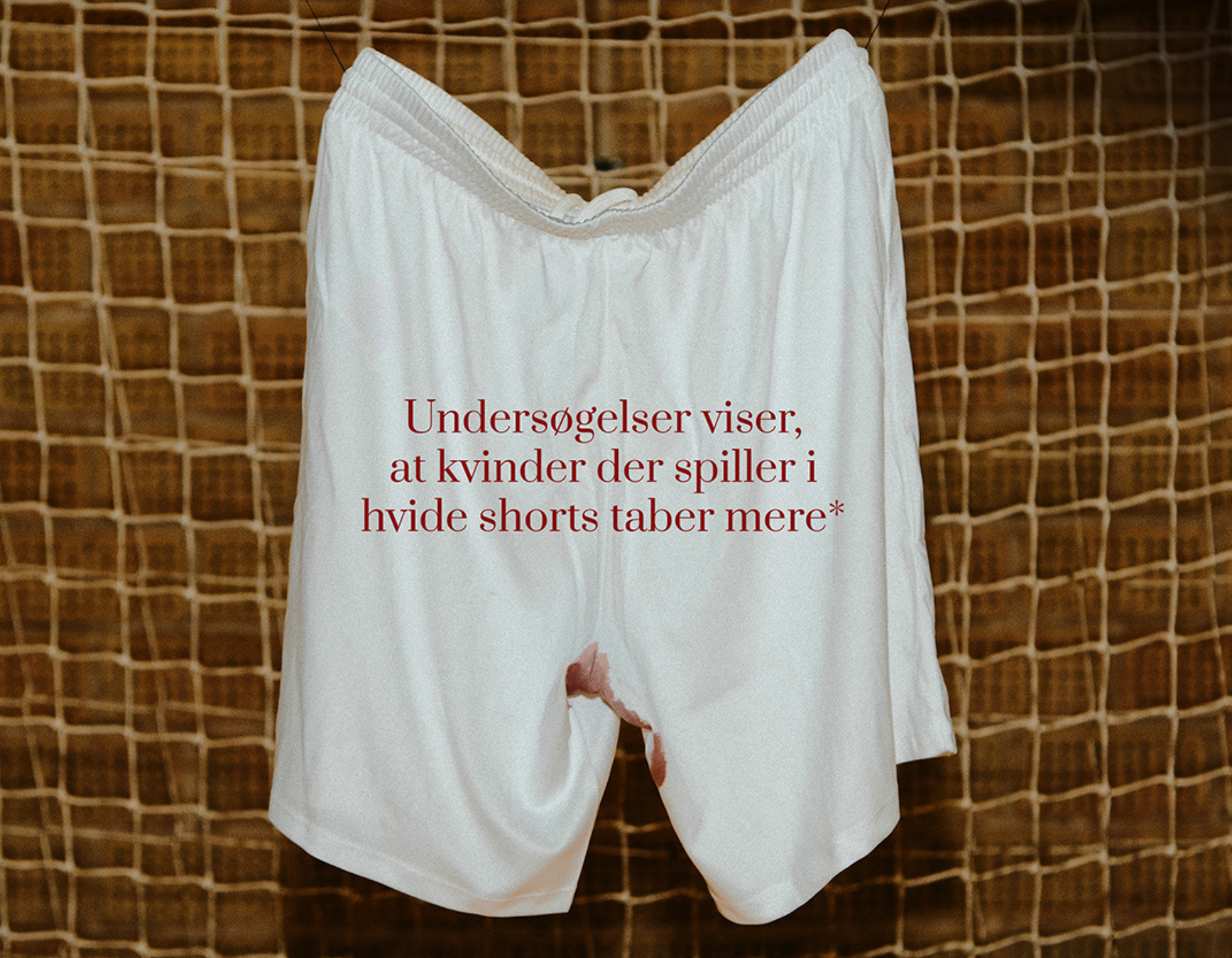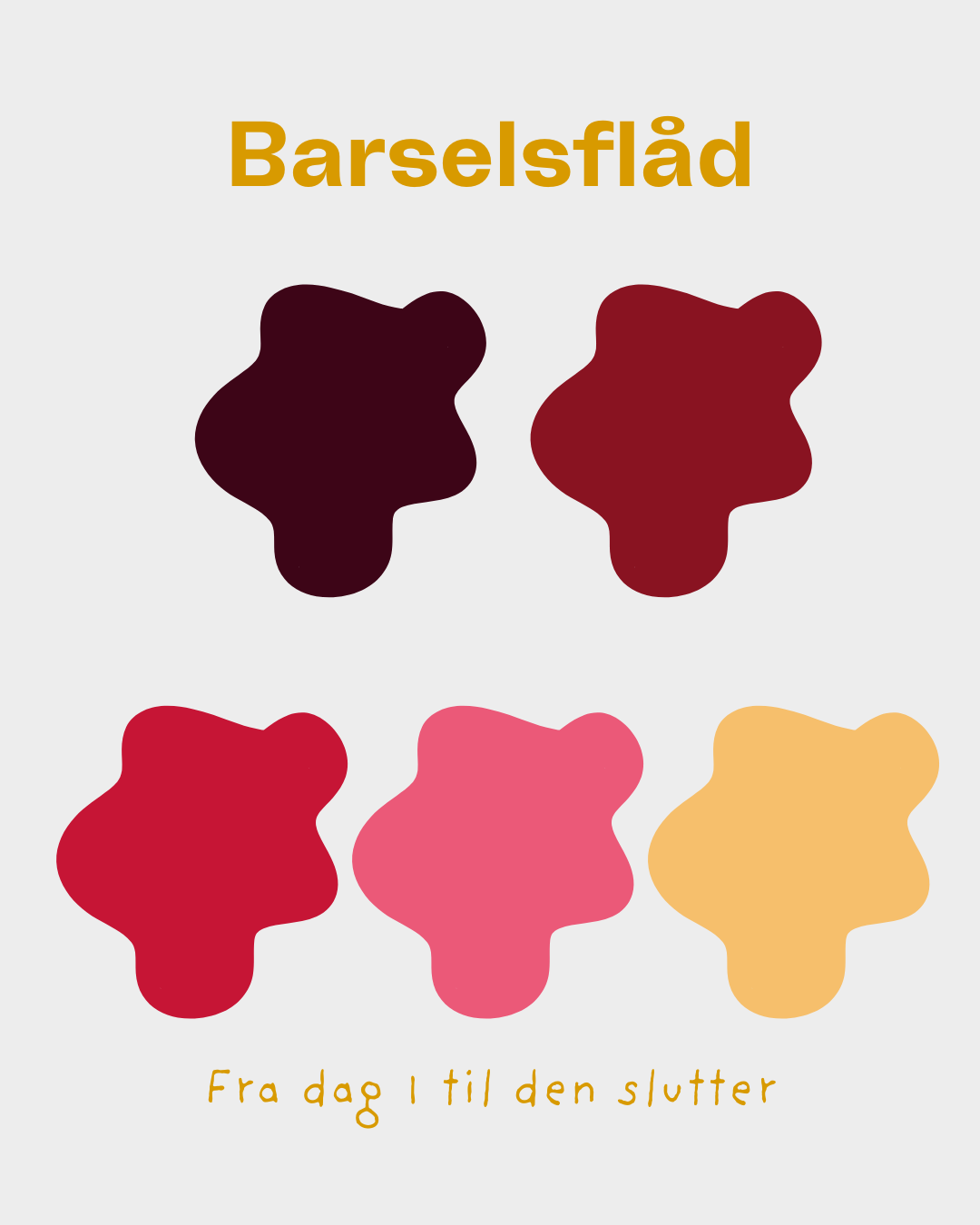Why aren't panty liners always the best choice?
Panty liners and me? We have a complicated relationship. They feel secure in the moment - but they never quite fit my panties (or my body). They chafe, make me feel like my body can't breathe, and before I can change them, the freshness has long since evaporated. And so the love fades pretty quickly.
Today I know I'm not the only one with this ambivalent relationship. Many people use panty liners every day – often without thinking about how they affect their bodies. Here we look at when they make sense, when they don't – and what you can use instead.
Written by Simone Mervig

There are very ( very ) narrowly defined two types of people (with a cycle ): Those who never touch a panty liner, and those for whom a panty liner is an indispensable and safe support in everyday life.
And let's face it: The pads can be nice to have on hand when the amount of discharge increases (e.g. during pregnancy), when spotting occurs before or after menstruation, if you have had sex with penetration - without a condom, or when it can be a little difficult to hold in water - also called stress incontinence - when you sneeze, laugh or play sports.
In short: Panty liners can be a good backup when you need a little extra comfort and security.
The reverse side of the medal
The problem can arise when panty liners become a daily solution. Many disposable pads today are made of synthetic materials and plastic layers that don't let your skin breathe. And when your mucous membranes are wrapped up day after day, it can cause:
-
Irritation and red bumps.
-
Canker sores (or gnawing sores - depending on where in Denmark you live ;) ) from friction.
-
Fungus due to the humid, warm environment that cannot breathe.
-
Unpleasant odor because the pH balance is disturbed.
And on top of that, many pads are full of chemicals. Many panty liners are chlorine bleached to appear completely white. Chlorine can irritate the mucous membranes and disrupt the natural environment in the vagina. In 2024, researchers found up to 8 metals in a pad (lead, arsenic, etc.) - wonder what you could find in panty liners, which many people use for longer periods than pads?
And last but not least: Panty liners are a disposable product. If you can find a reusable alternative, that may be preferable to reduce waste ( fortunately, we have several of those ).
If you can avoid daily use of panty liners, that may be an advantage.
What can I replace panty liners with?
Let's be honest - no one wants to walk around feeling like they're wet. If you need some kind of absorbency, you need it. But the solution doesn't have to be disposable pads, every day. Here are three tips you can take with you:
-
Choose quality. If you need panty liners, go for breathable and decent materials (100% organic cotton, preferably biodegradable foil/membrane, without perfume (you'd be surprised)), and find a size and shape that suits you - not just your panties.
-
Use them selectively. Put a panty liner in your panties when you really need it - for example during sports - and remove it afterwards.
-
Consider an alternative. With Everyday Flow Thong you get the same security as from a panty liner, but in a more “bodysafe” solution: breathable lyocell, discreet absorption, no chlorine, nanosilver, PFAS or plastic against the skin.
Your dripping body deserves better.
We use 11,000 pads in a lifetime of menstruation - that's about it. We don't even dare to guess how many panty liners that could be. We deserve access to good, safe products.
Panty liners can be a help when you need them, but as a daily solution they can pose a challenge to your intimate environment.
That's why we created Everyday Flow Thong - an alternative that gives you comfort, dryness and security without irritation. And if you ask us, it's also a slightly more comfortable solution, a slightly better looking solution for you and a definitely easier solution than a white panty liner that often sticks out a little below the panty edge and needs to be changed several times a day.
With the Everyday Flow Thong you can feel comfortable every day - even when it's 'just' your everyday flow.
